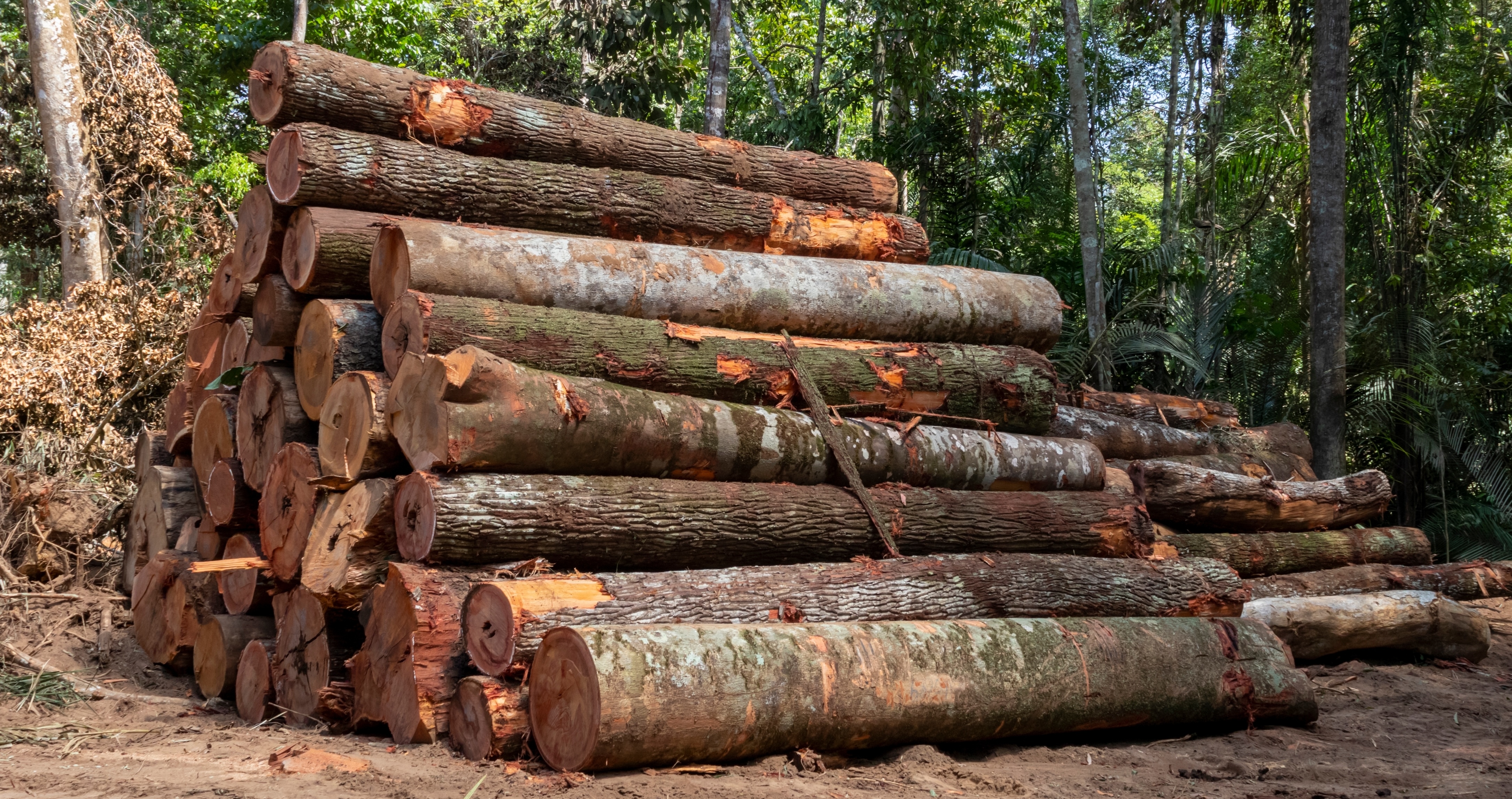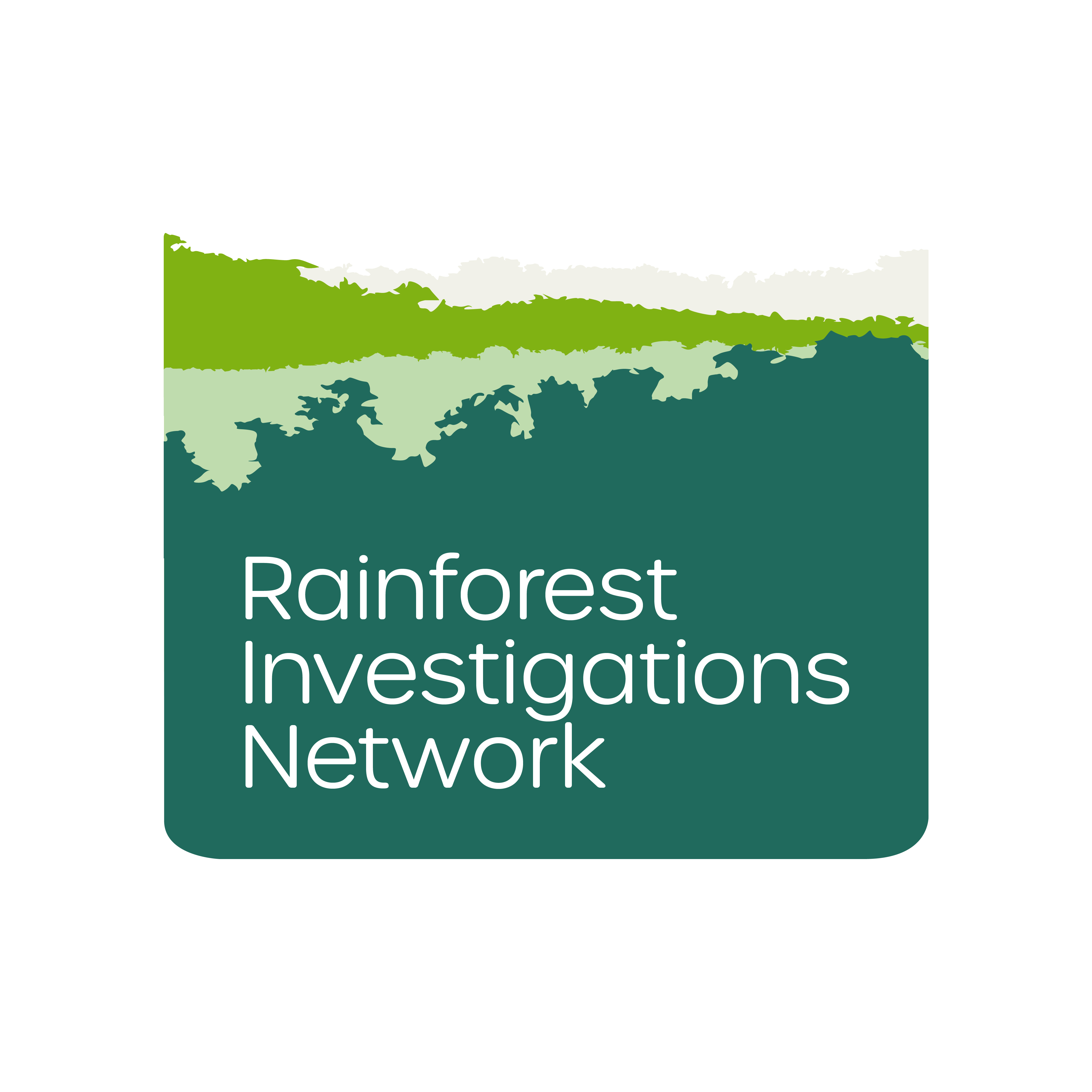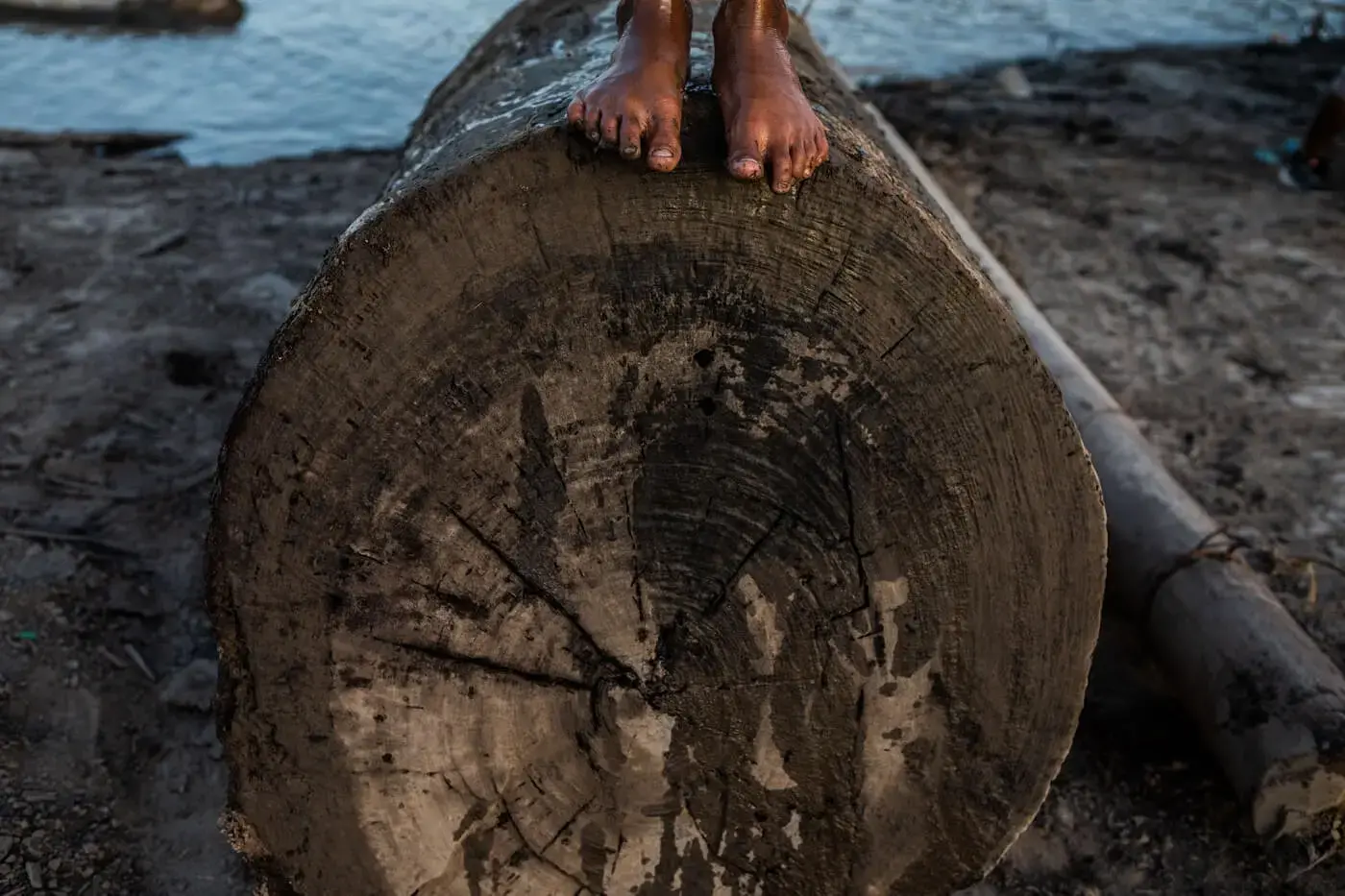
Over the course of a year, a team from OjoPúblico analyzed more than two and a half million timber commercialization data and developed an algorithm to measure the risk of it being illegal. The Dipteryx Project — named after one of the Amazon's most endangered tree species, the shihuahuaco — found that more than half of the timber traded is at high risk of being illegal. The algorithm combines several databases from the last 15 years and identifies high risks by concessionaire, sawmill and final buyers. The levels of risk of illegality by species are even more alarming: 84% for shihuahuaco, 77% for capirona and 76.1% for tornillo. In the case of sawmills, suspicions of illegality reach 70%. This special report — developed as part of the Pulitzer Center's Rainforest Investigations Network (RIN), and with the technical support of Proética and the Environmental Investigation Agency — reveals how the system that sustains illegal logging in the Amazon operates.
"Here they start logging before they give the authorization," confesses a logger from the Amazonian region of Ucayali, on the border with Brazil, who has been working in the sector for more than 20 years. He has seen how all the time different species of old trees are cut down and then sold on the Peruvian and international markets.
Pucallpa, the capital of this region, is known as the heart of timber trafficking and laundering, due to the number of cases being investigated as a result of the false papers used to launder illegally extracted timber. Between 2022 and 2023, Ucayali exported almost USD 66'000,000 of timber, which represents 43% of all exports.
An extensive yearlong investigation by the OjoPúblico team — for which an algorithm was developed to weigh the risks of illegal timber trade — identifies that 55% of the timber traded by forest concessionaires in the Peruvian Amazon (those who manage forest parcels) have high and very high risk indicators of being illegal.

Whistleblowers and others in possession of sensitive information of public concern can now securely and confidentially share tips, documents, and data with the Pulitzer Center’s Rainforest Investigations Network (RIN), its editors, and journalists.
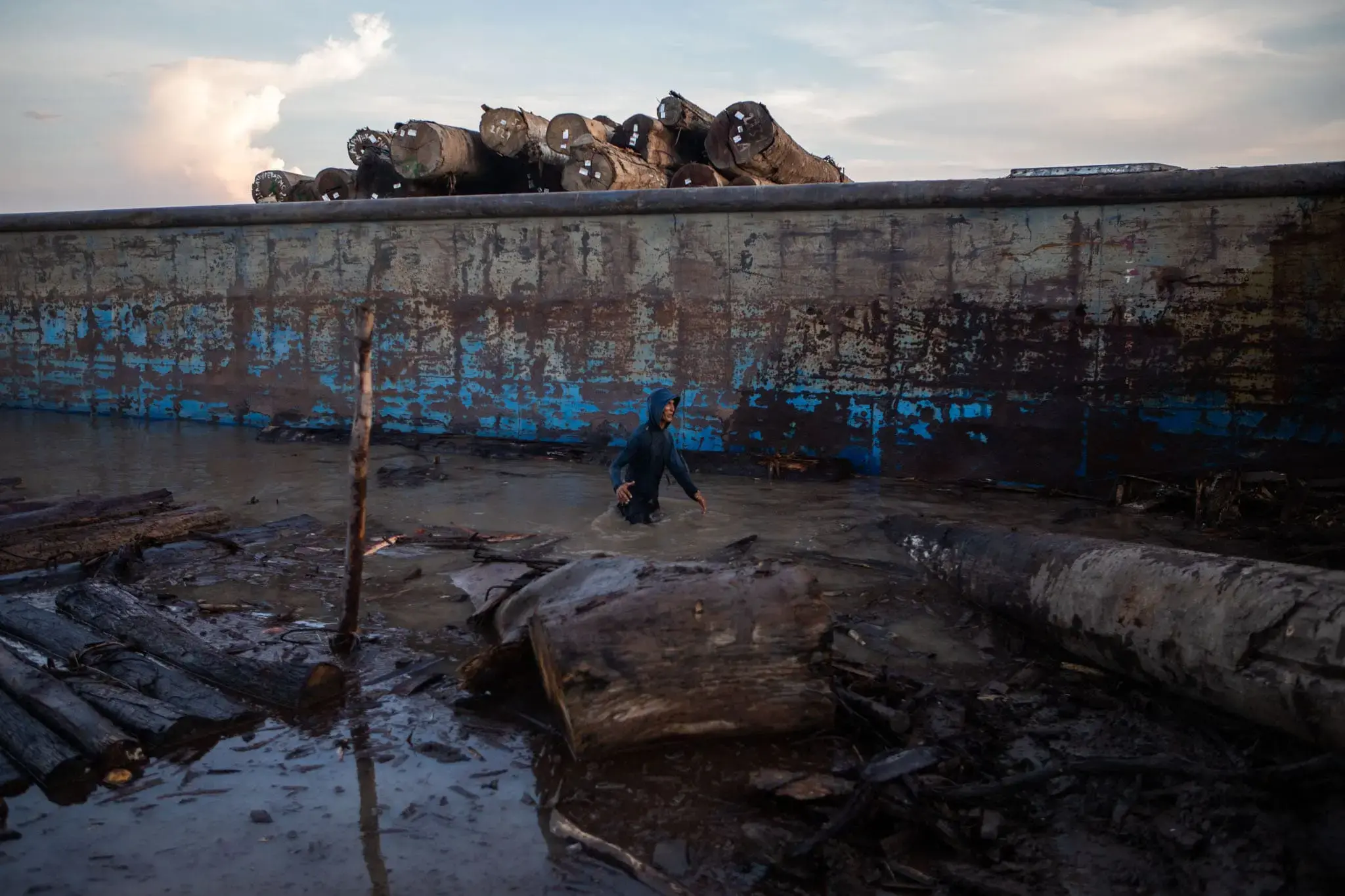
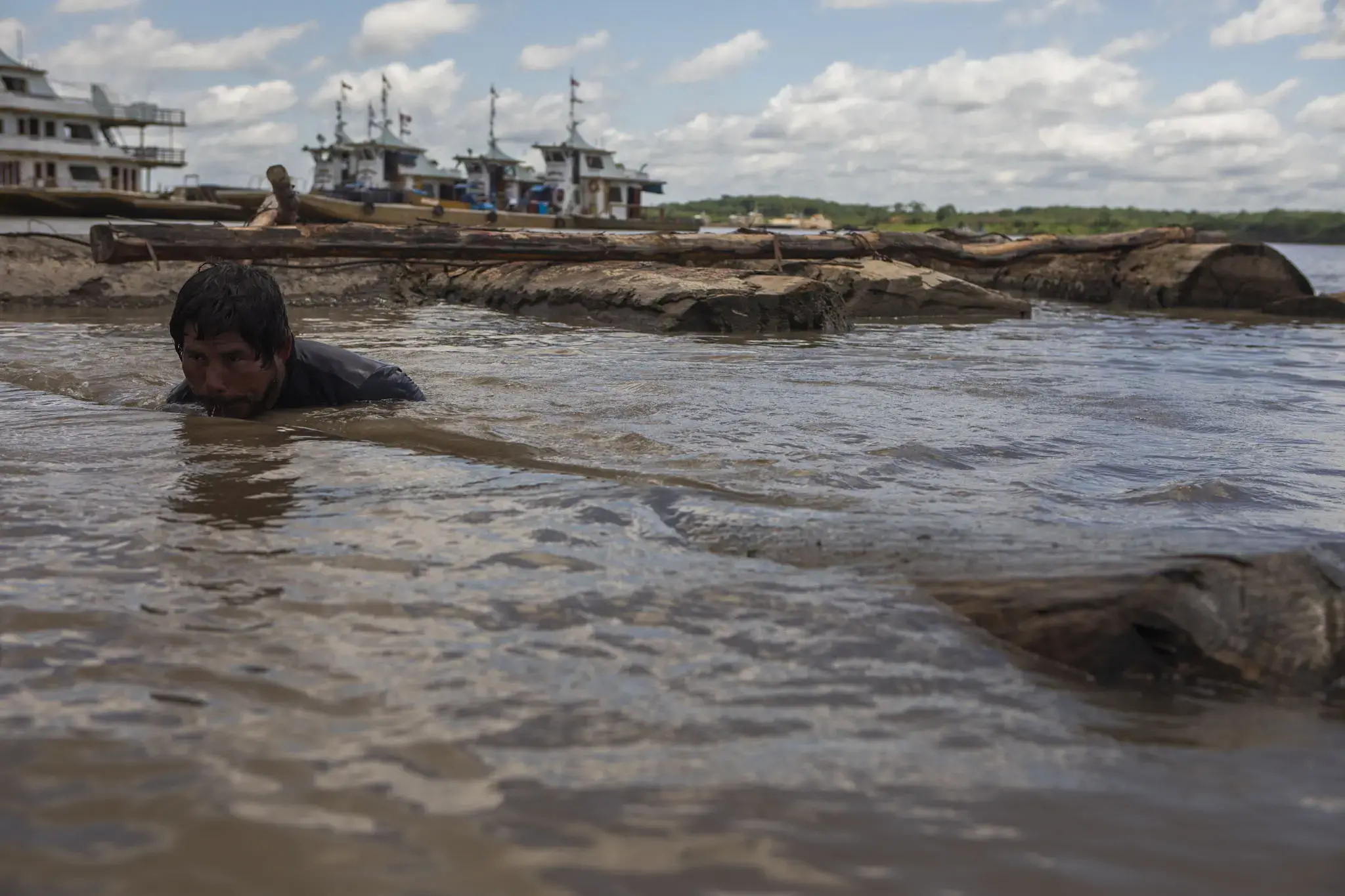
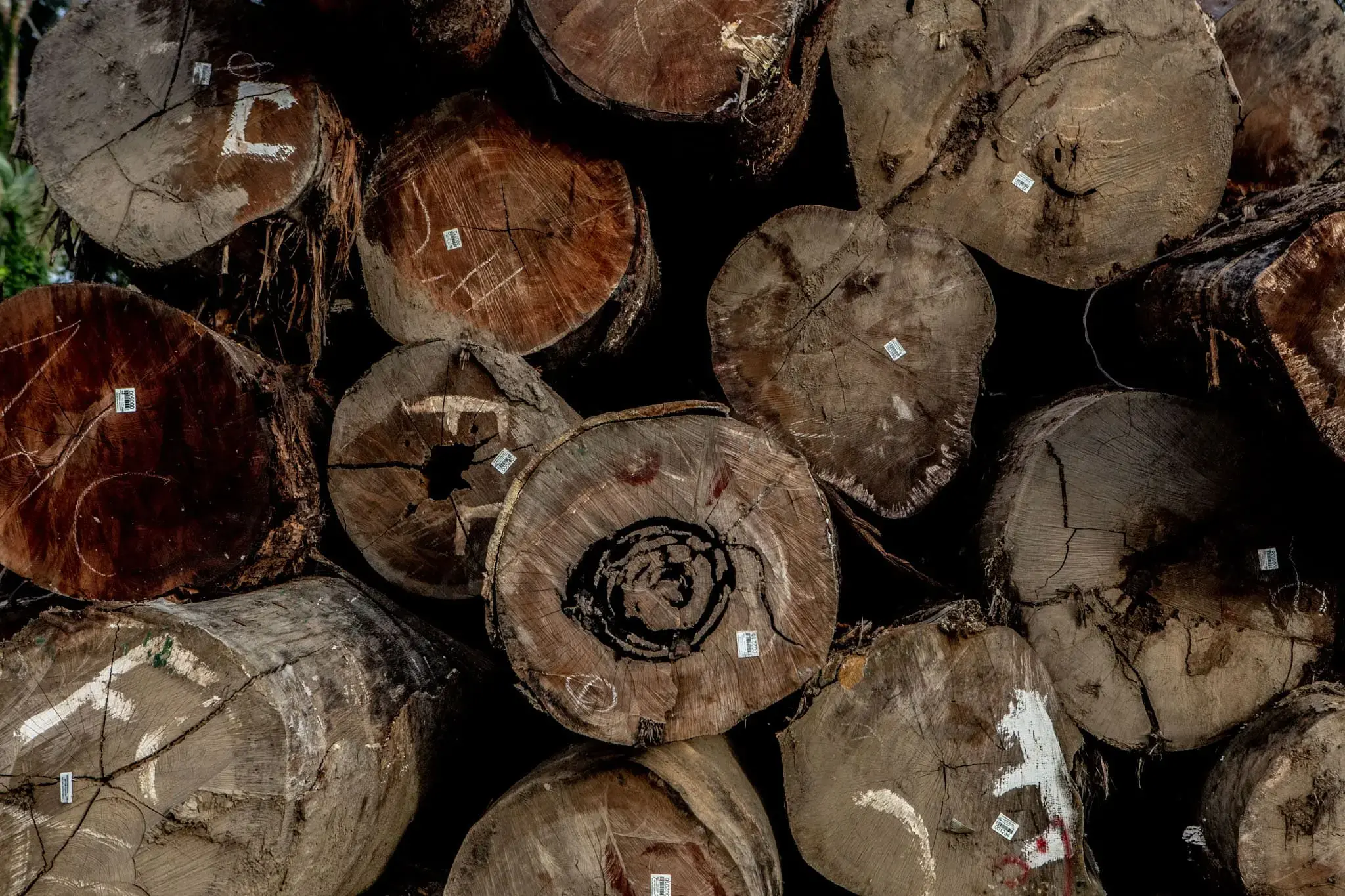
The algorithm, which we have named the Dipteryx Project — after the genus to which the shihuahuaco, one of the most endangered trees in the Amazon, belongs — was developed over a year and analyzes five structured databases with more than 2,718,000 data linked to 15 years of timber trade and transport, forestry concessions, administrative sanctions, criminal investigations for environmental crimes, companies with records and Customs exports.
To analyze the risk score of forest concession holders, the Dipteryx Project analyzed a group of 500 concession holders (natural and legal persons) in the Peruvian Amazon. The algorithmic model showed that 25% of the documents used by this group to market and transport timber have a very high risk rating; and 30% have a high risk of suspected illegality. In other words, more than half were at high risk of being illegal.
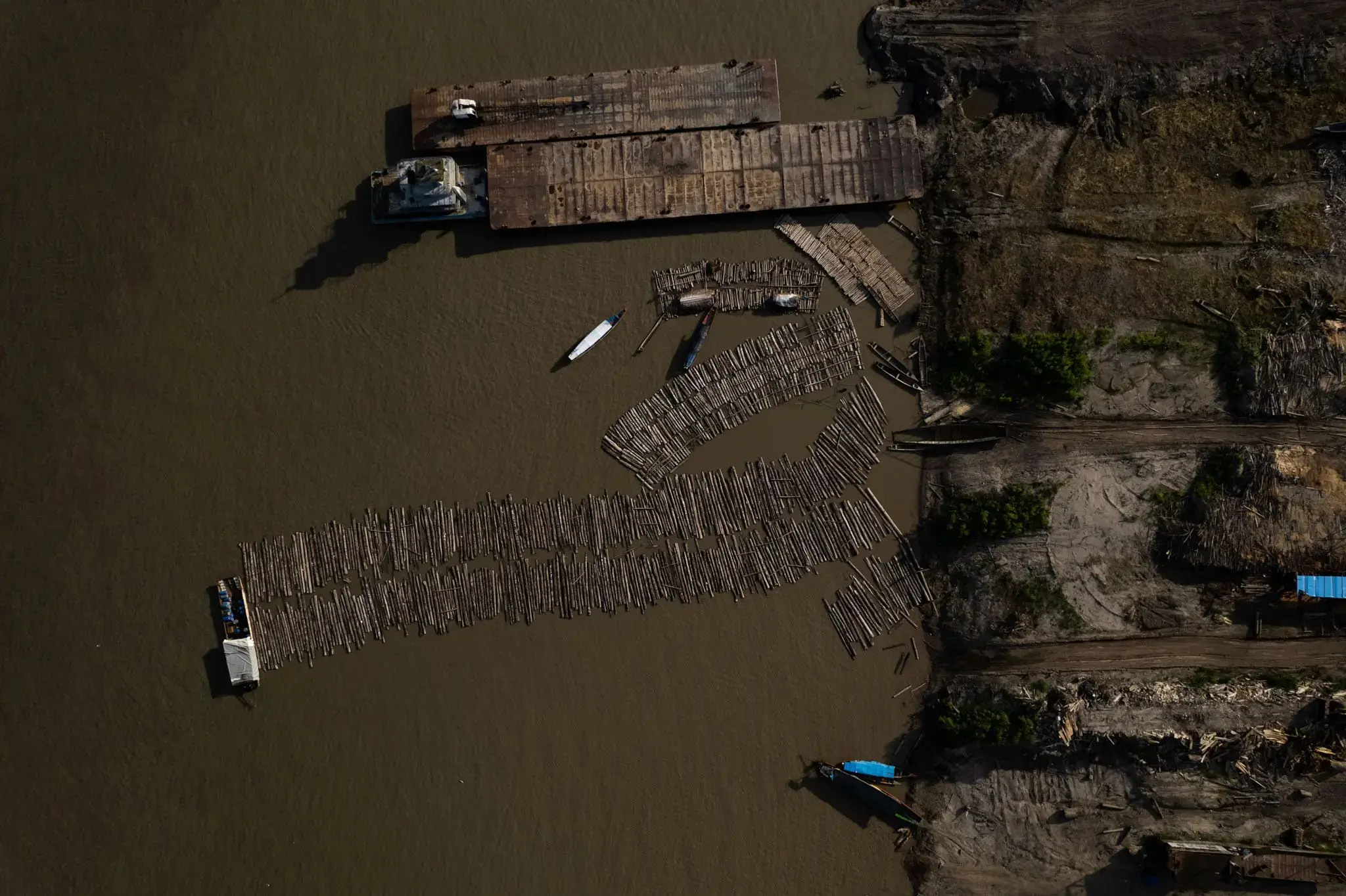
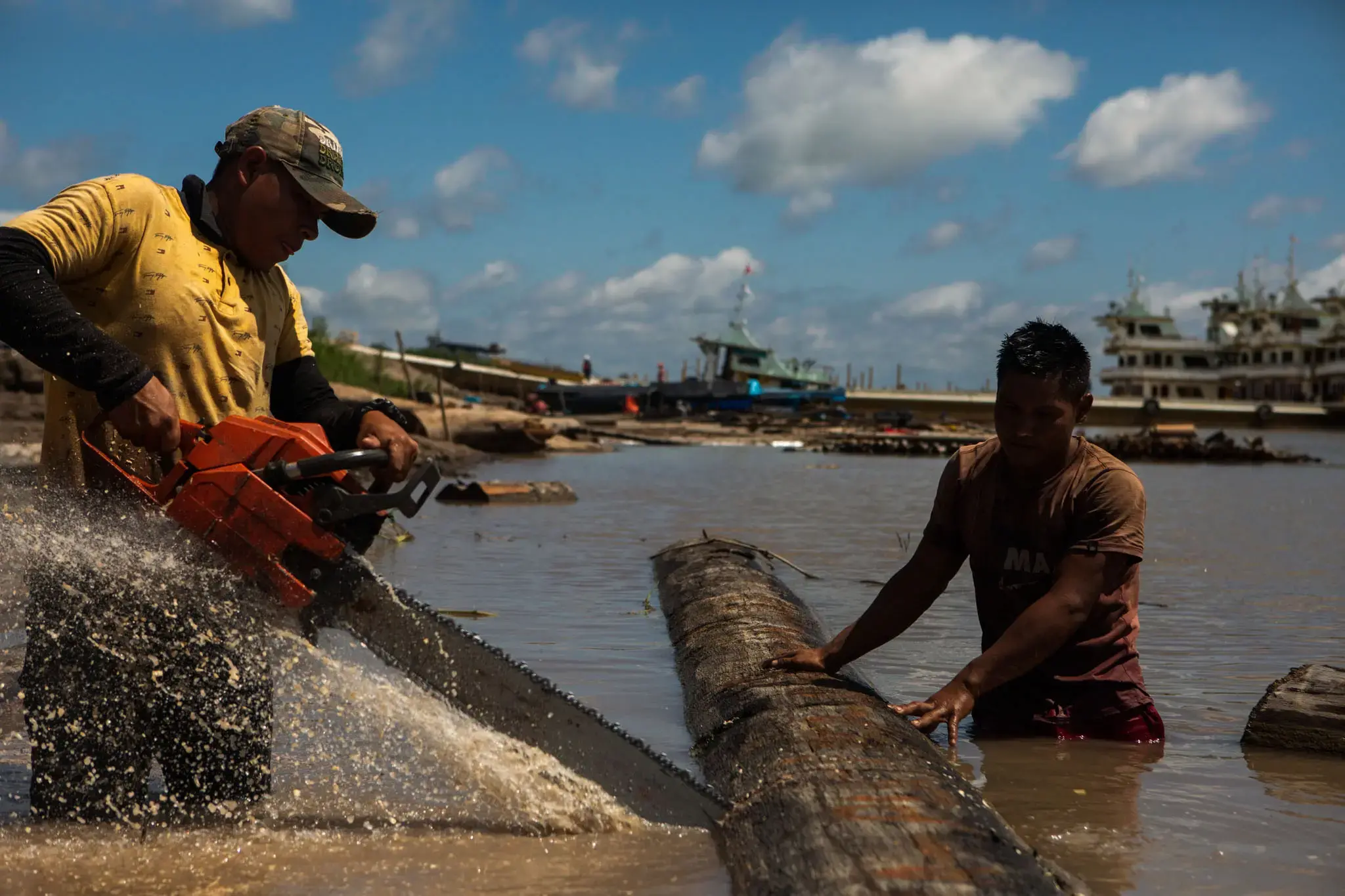
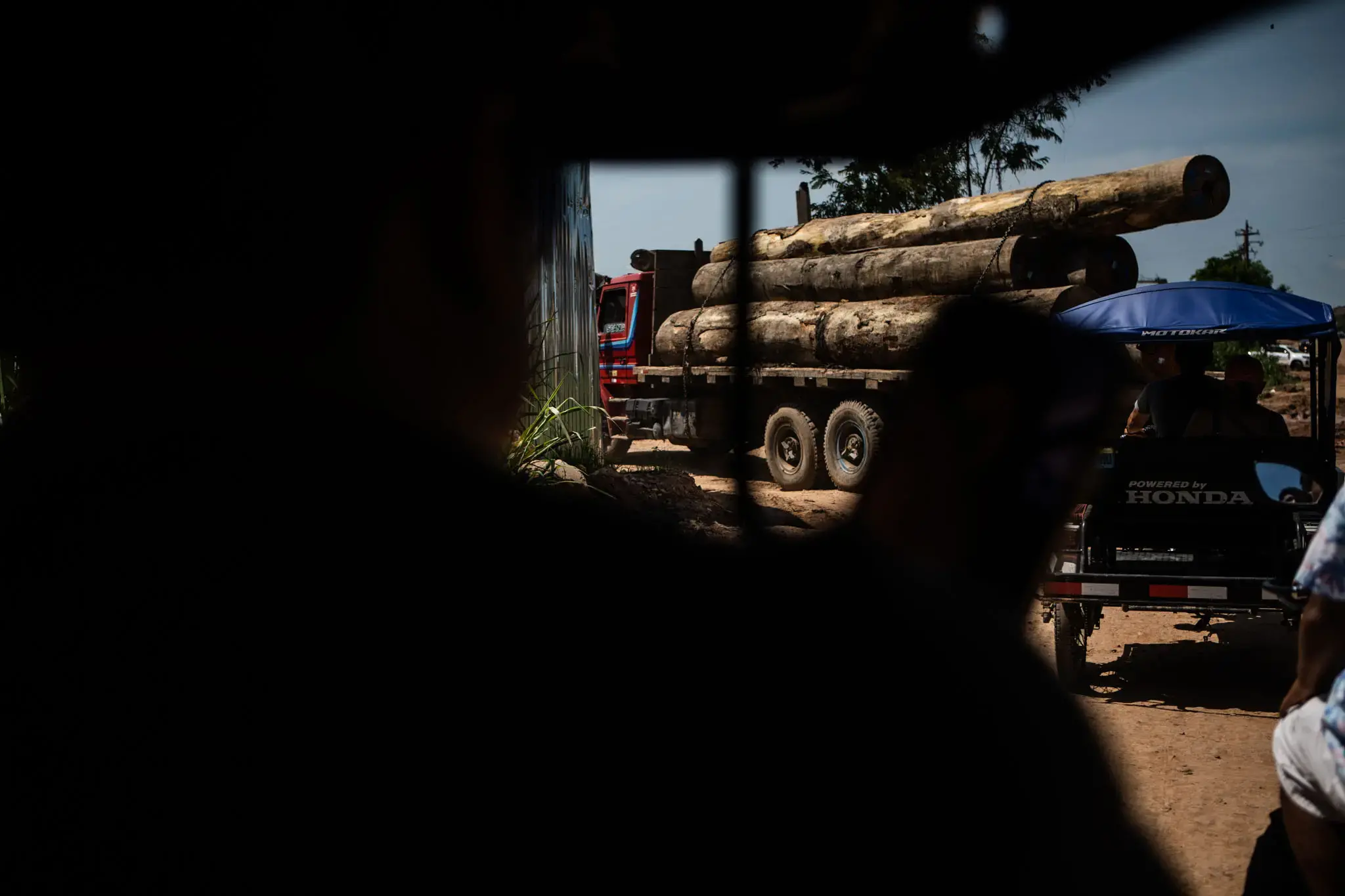

The construction of the tool was in the hands of a multidisciplinary team made up of journalists, data analysts and data scientists, with the technical support of expert organizations on forestry issues: Proética (Peruvian chapter of Transparency International) and the Environmental Investigation Agency (EIA).
The algorithm — which is based on a Random Forest Classifier (RFC) model — establishes a risk prediction from 0 to 1 — where 0 represents no risk and 1 the maximum risk — for three main actors in the timber trade: the owner (who manages the forest concession), the buyer (who purchases the product and mostly transforms it in sawmills) and the recipient (almost always the exporting entrepreneur or local seller).
The Dipteryx Project's algorithmic model establishes these types of risks as parameters: very high (from 0.9 to 1), high (from 0.7 to 0.89), medium (0.6 to 0.69), low (0.5 to 0.59) and no risk (from 0 to 0.49). This score is also based on the Forestry Transport Guidelines (GTF), a document issued by regional governments that details part of the traceability of the timber. As part of the research, OjoPúblico accessed more than 60,000 of these guides for the years 2020 and 2022 and incorporated them into the other 15-year databases weighted by the algorithm.
In addition to identifying that more than half of the timber traded by forest concessionaires has a high and very high risk of being illegal, the Dipteryx Project shows that — between 2020 and 2022 — 42% of the forest product mobilized from Ucayali has some level of risk of being illegal. This risk is distributed as follows: 12% very high, 18% high, 6% medium and 6% low.
When the risk score is analyzed specifically by buyers (mostly sawmills), the algorithm establishes that of the 735 natural and legal persons that purchase timber from forest concessionaires, the suspicion of illegality reaches 70%: 42% have high and 28.9% have very high.

In most of the categories analyzed, the results of illegal timber risks exceed official estimates. In a study published in September 2023, the Forestry and Wildlife Resources Oversight Agency (Osinfor) estimated — for the year 2019 — illegal timber trade at 31.5%. Osinfor explained to OjoPúblico that they have initiated a new measurement process for 2023.
Another indicator analyzed by the Dipteryx Project to identify illegal timber risks was tree species. In Peru, at least 375 types of timber are traded in the Amazon. The average score for all species indicates that 19% have a very high, 31% high and 9.3% medium risk of illegality.
Among the types of wood suspected to be illegal are Cedrelinga cateniformis (tornillo), Calycophyllum spruceanum (capirona) and Dipteryx micrantha Harms (shihuahuaco), the latter being included — in 2022 — in a CITES list (Convention on International Trade in Endangered Species of Wild Fauna and Flora) due to its high vulnerability due to predation in recent years.
If the figures are reviewed in detail, the percentages of risk soar for each of these three species. In the case of the shihuahuaco, its very high and high risk levels total 84.4%; in the capirona they reach 77.4%; and in the tornillo they reach 76.1%.
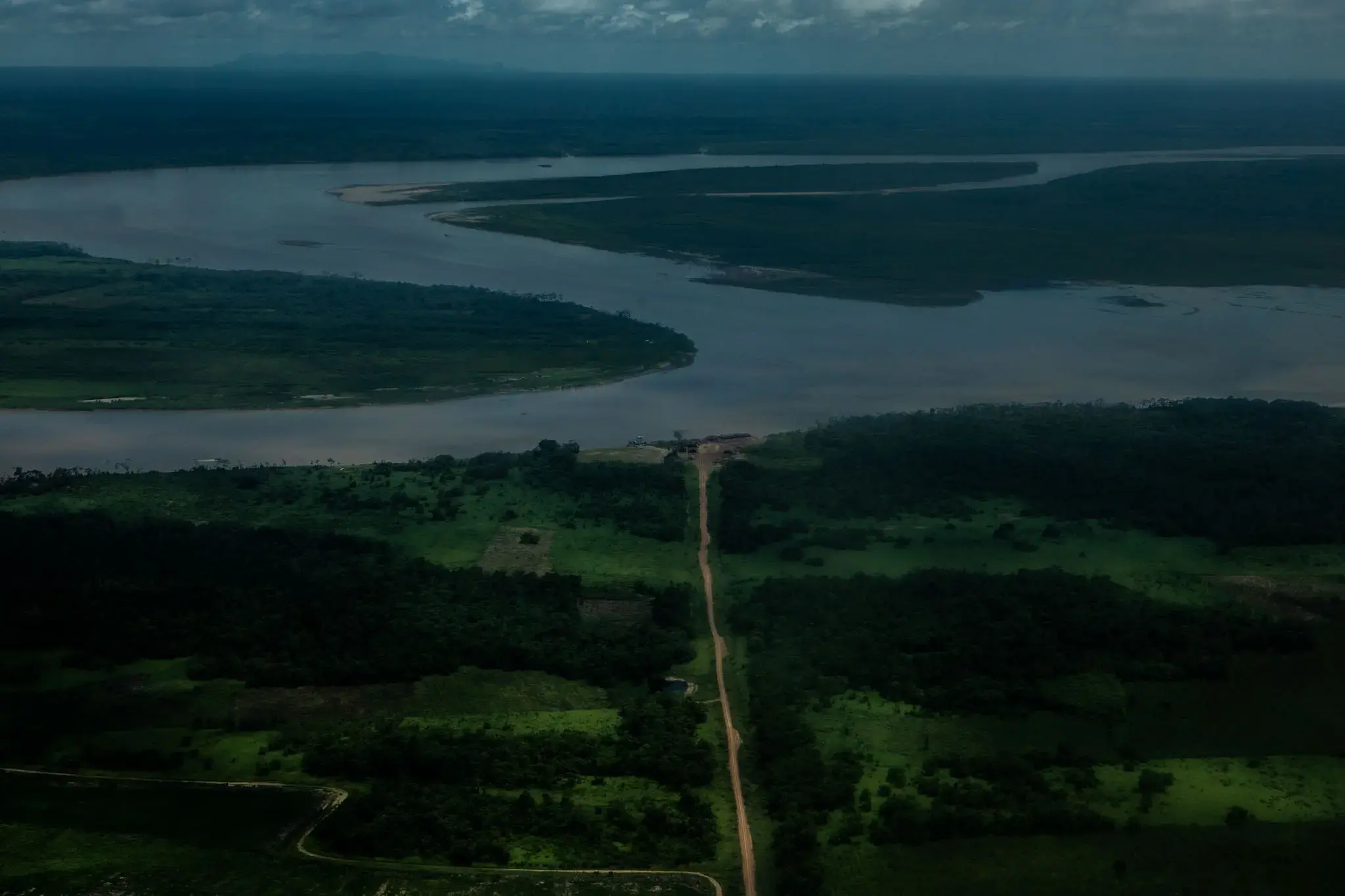
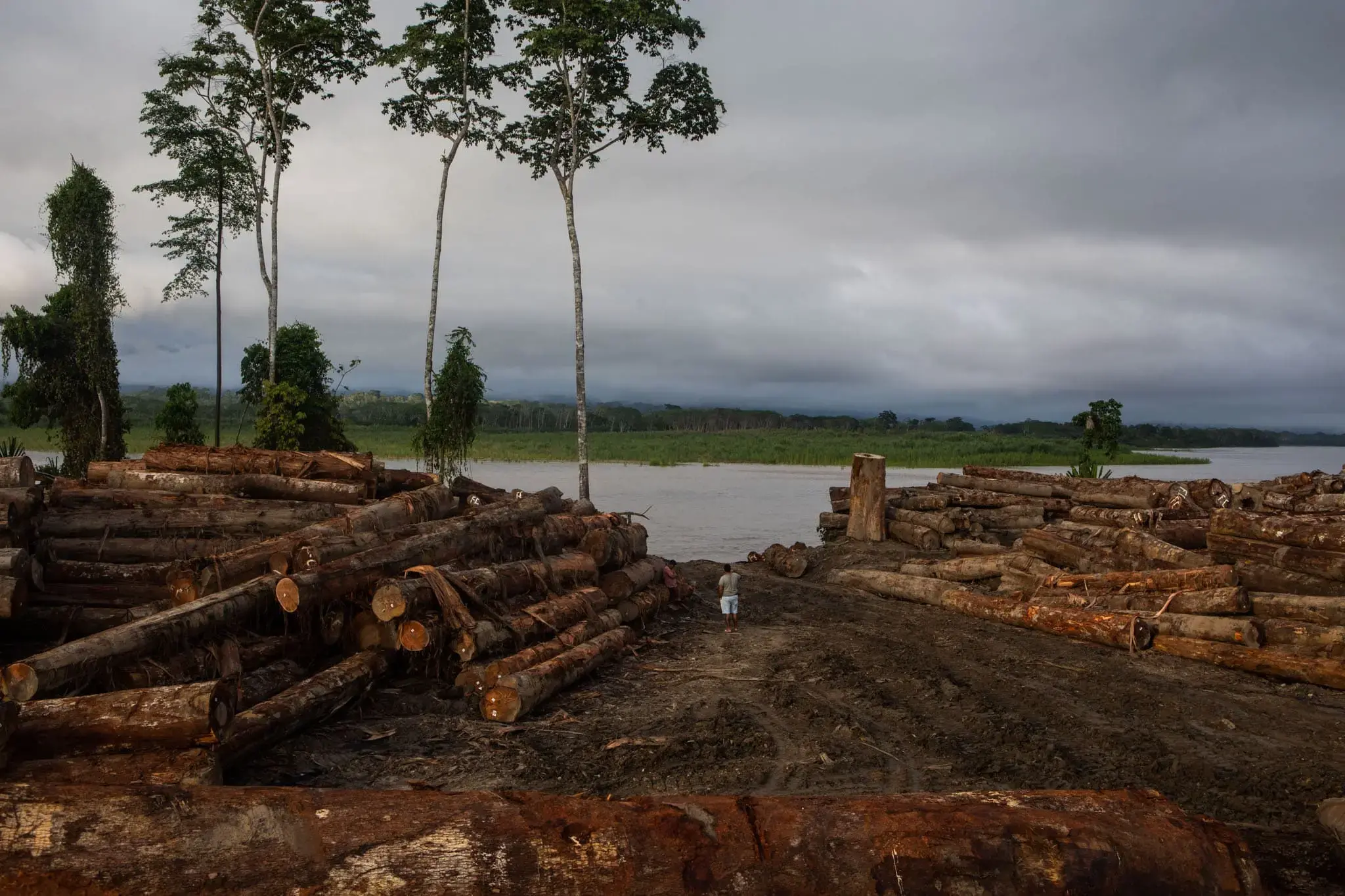
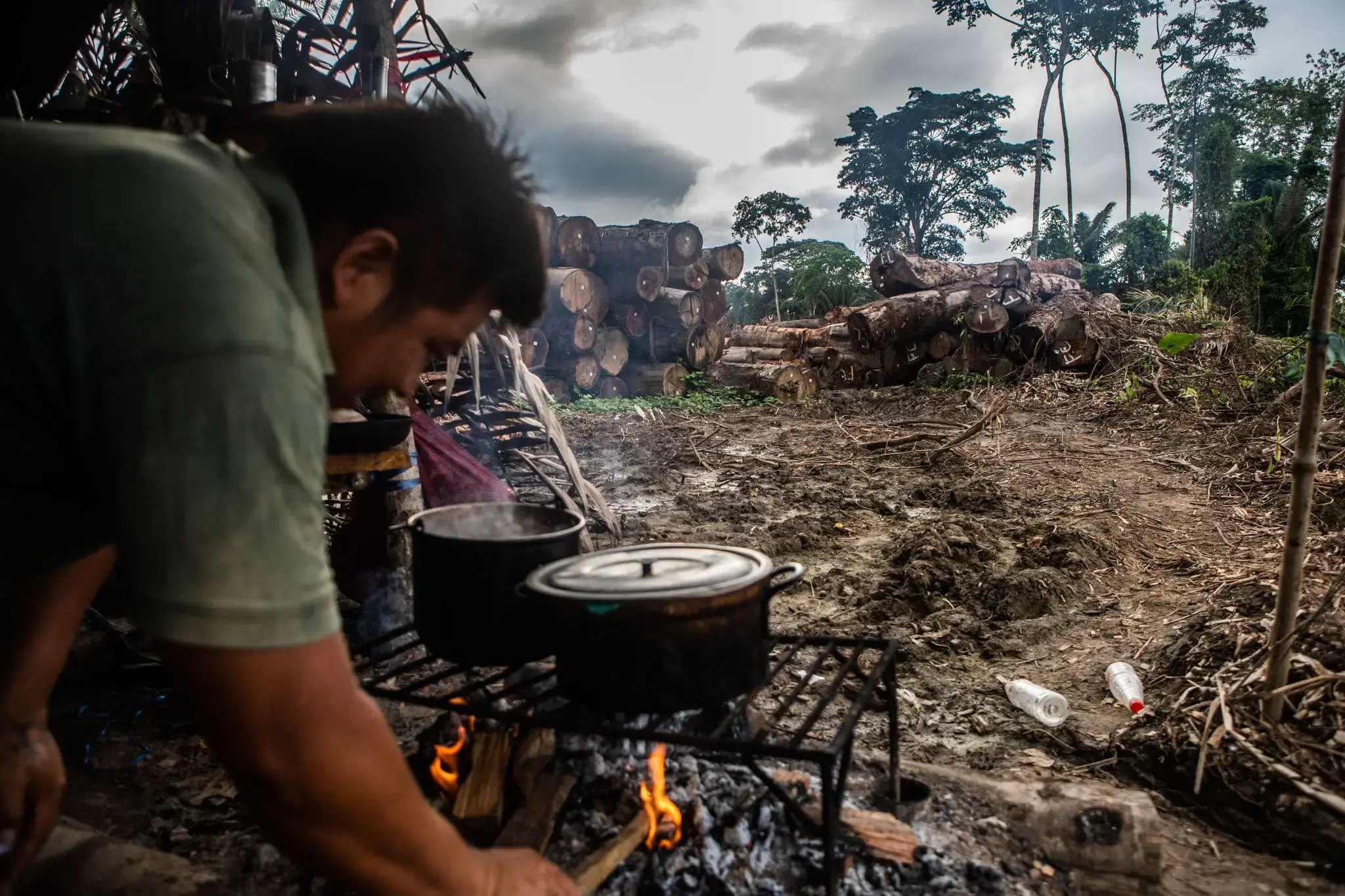
Alert in the forests
Almost an hour by plane from Pucallpa, the capital of Ucayali, is the province of Atalaya, one of the areas where most timber is extracted. Before landing and feeling the high heat of its streets, the tops of different leafy trees located on the banks of the Urubamba and Tambo rivers appear.
OjoPúblico also visited different timber collection points in this province prior to the start of the rainy season and learned about the initial stages of timber mobilization. The interviewees, who for security reasons prefer to remain anonymous, agreed that the supervision of forestry concessions and permits — in charge of Osinfor — has become less rigorous due to the strategic location where they work.
"They don't get here [Atalaya] very far because the forest is very deep. There used to be more control, but now they only check a little bit," says a timber worker, and at the same time he incorporates a trunk into an artisanal buoy system, which is at least three times the size and twelve times the weight.
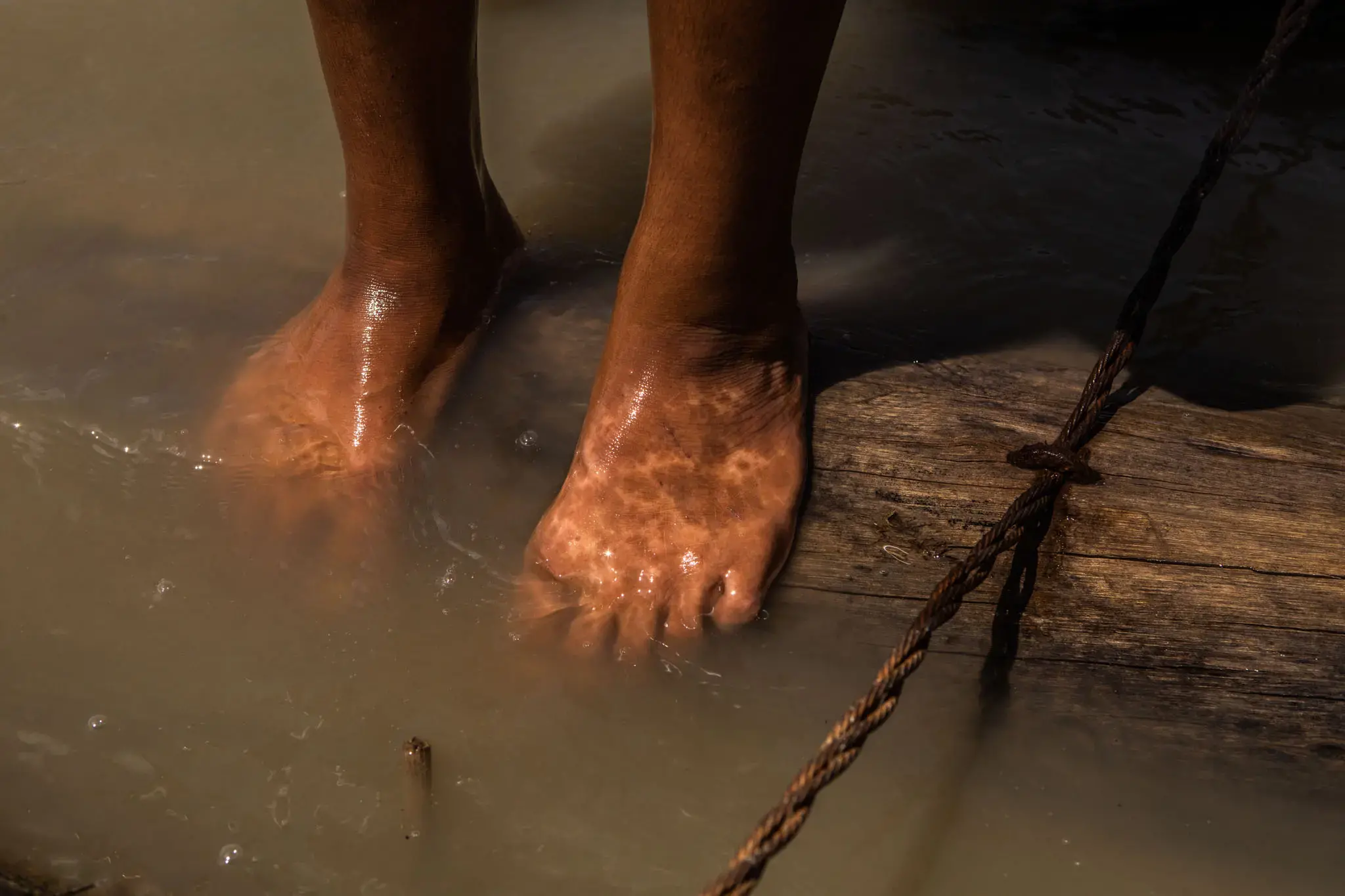
When asked about logging and the environmental impact of an activity with little control, the loggers think for a moment about their response and say that this situation is repeated in much of the Amazon, but they justify themselves by indicating that it is the way they generate income.
Since 2023, the mayoralty of Atalaya has fallen to Francisco de Asís Mendoza De Souza, who before starting his political career was linked to timber companies managed by his wife (Forestal Maderera El Roble E.I.R.L. and Trozas S.A., the latter of which has been deregistered), as well as another that was managed by his deceased brother Juan Mendoza De Souza (Forestal Mendoza E.I.R.L).
The mayor said that at that time he had no ties with the companies and that today only Forestal Mendoza E.I.R.L. was operating.
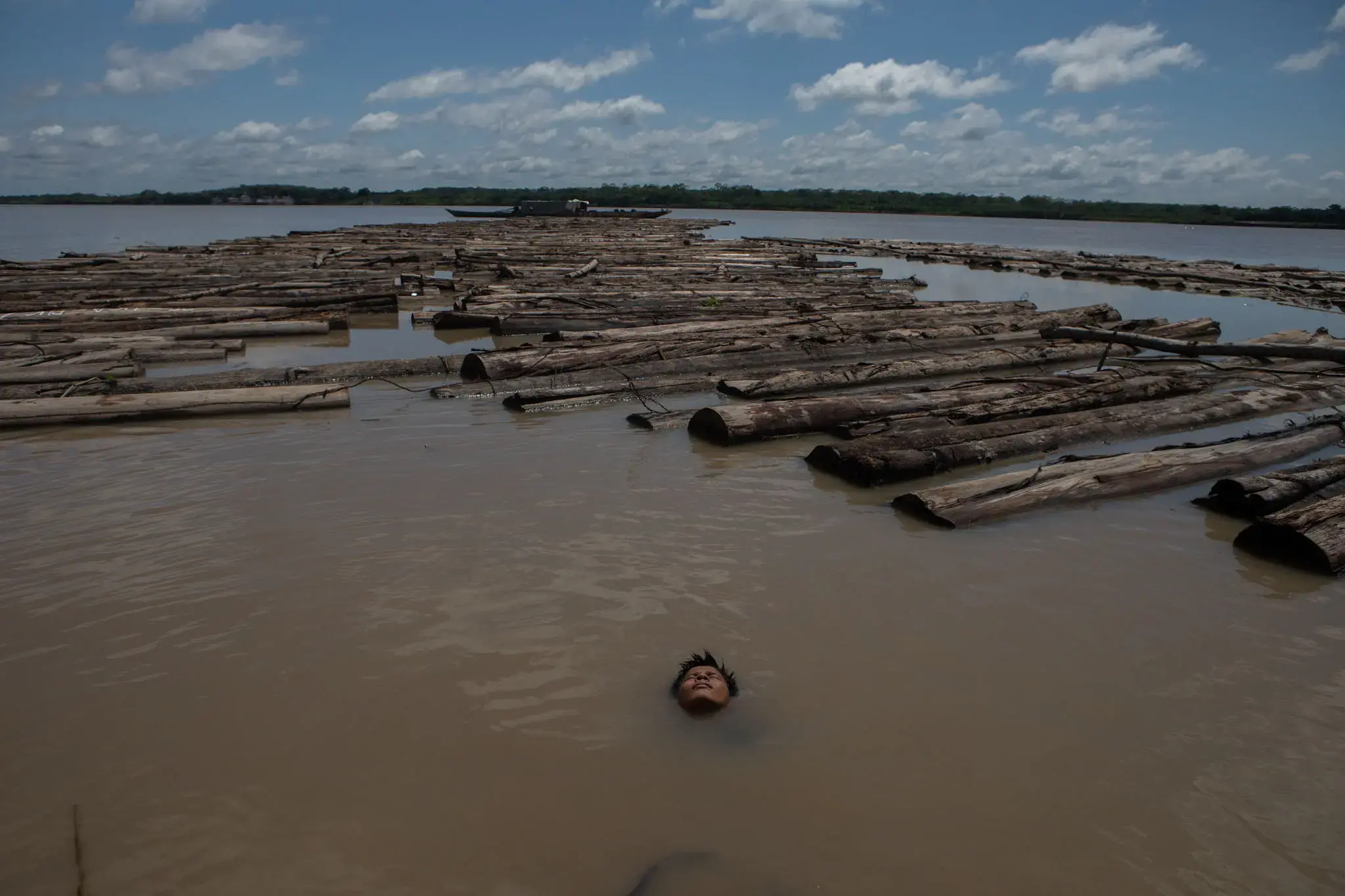
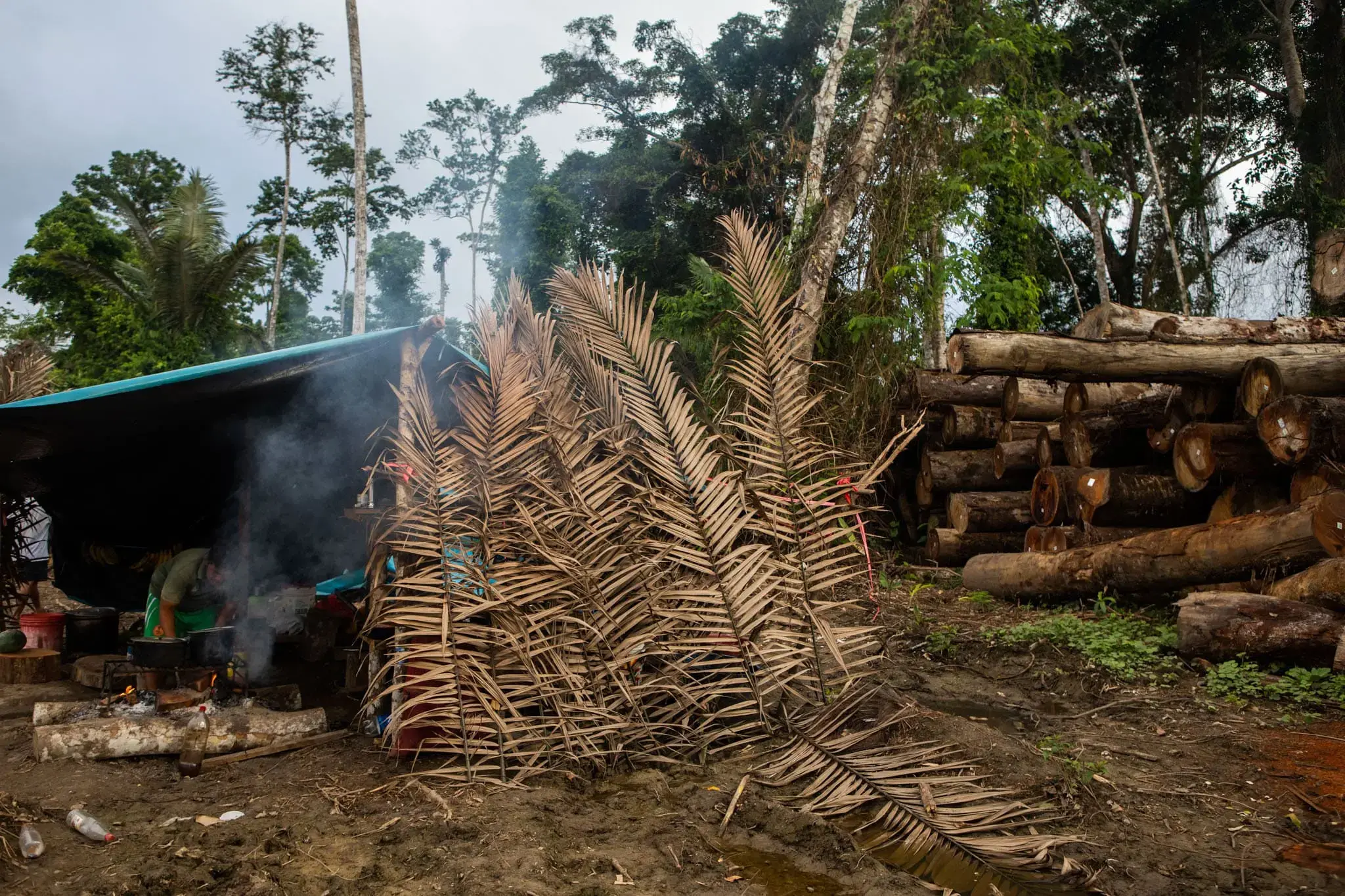
In 2015, Atalaya's environmental prosecutor's office initiated an investigation against Mendoza De Souza and other former officials for the crime of illegal trafficking of timber products. According to the mayor's version, the case was archived "shortly" after it was initiated because he had no evidence regarding his responsibility.
In his affidavit of interest, Mendoza De Souza states that his daughter, Rosío Del Pilar Mendoza Castro, works as an employee of Amazon Jopa E.I.R.L., a company located in the district of Manantay, in Ucayali, and dedicated to timber extraction.

Transformation and sale
Before landing in Pucallpa, there is a characteristic that is repeated over an area near the city's port: wood of different sizes, placed in large open-air areas and other smaller ones with calamine roofs. These are the sawmills — 36 in this Amazon region — centers where the first transformation takes place, where round logs are turned into sawn planks or slats.
"Here you learn by doing and you pay S/. 0.50 for each board foot worked," says a lumber businessman who prefers to remain confidential, while detailing the entire process that takes place at the site: the loading of the logs from the shore, the cutting and measuring of the slats and the packaging for transport to other parts of the country.
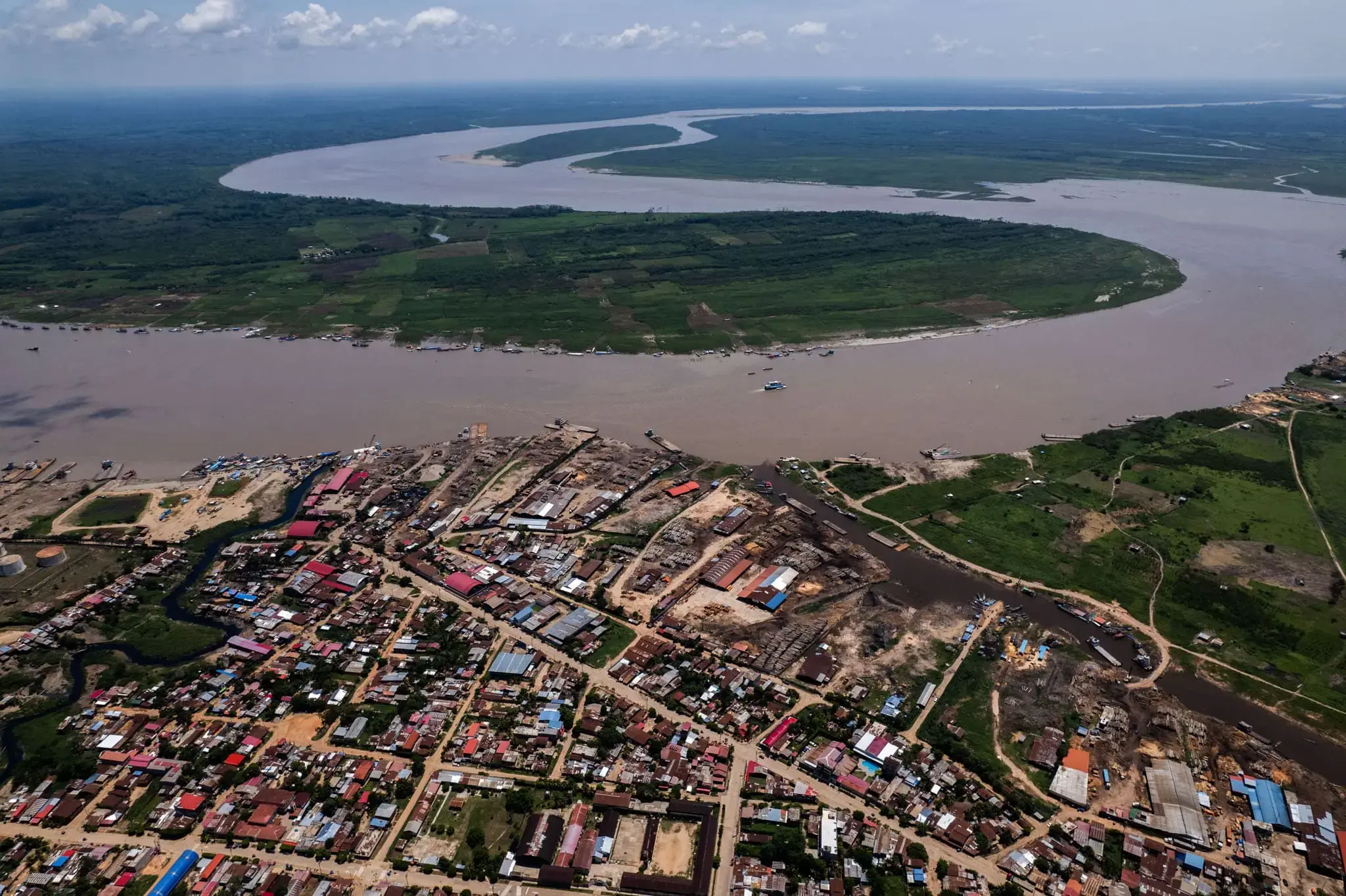
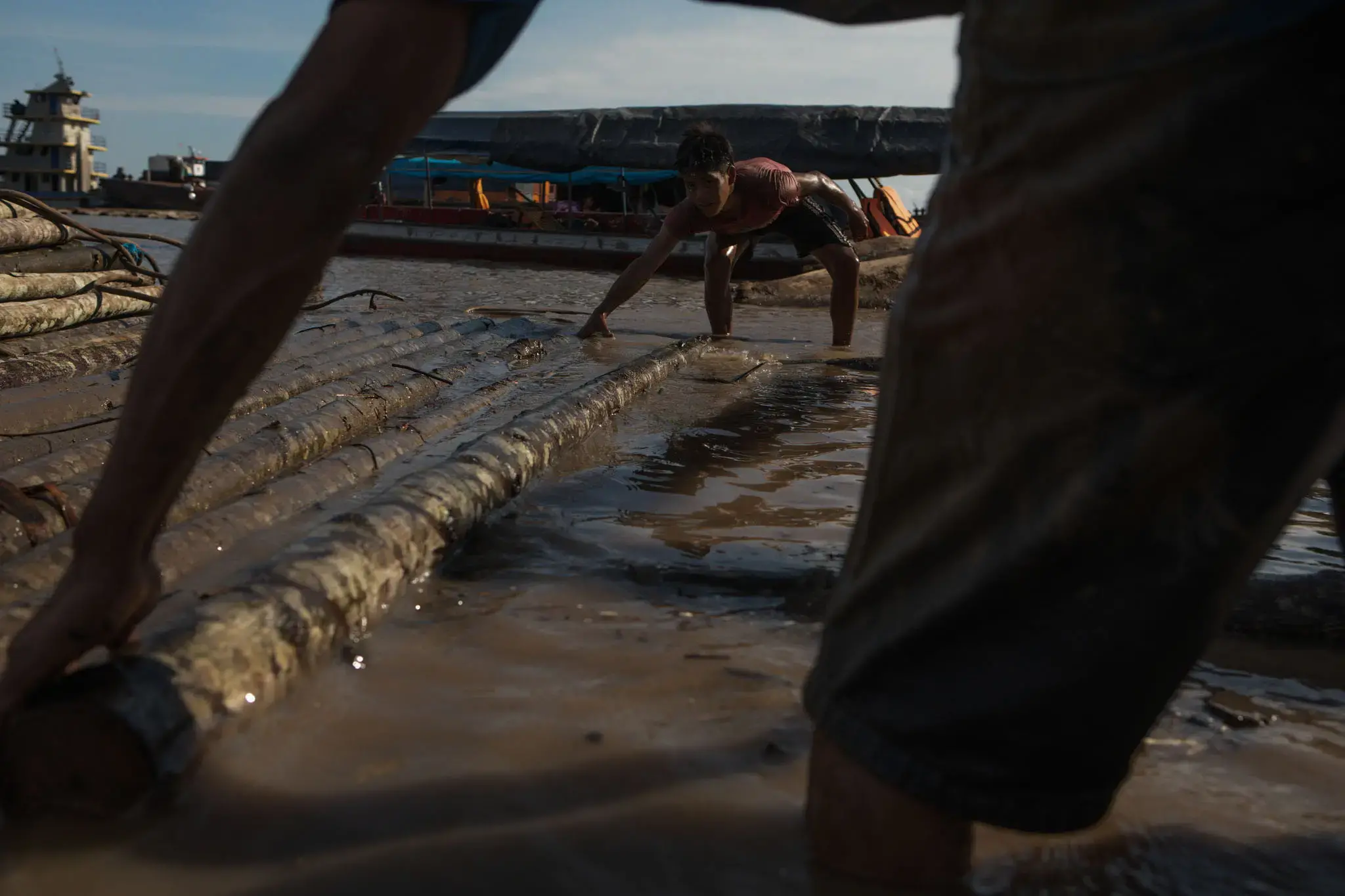
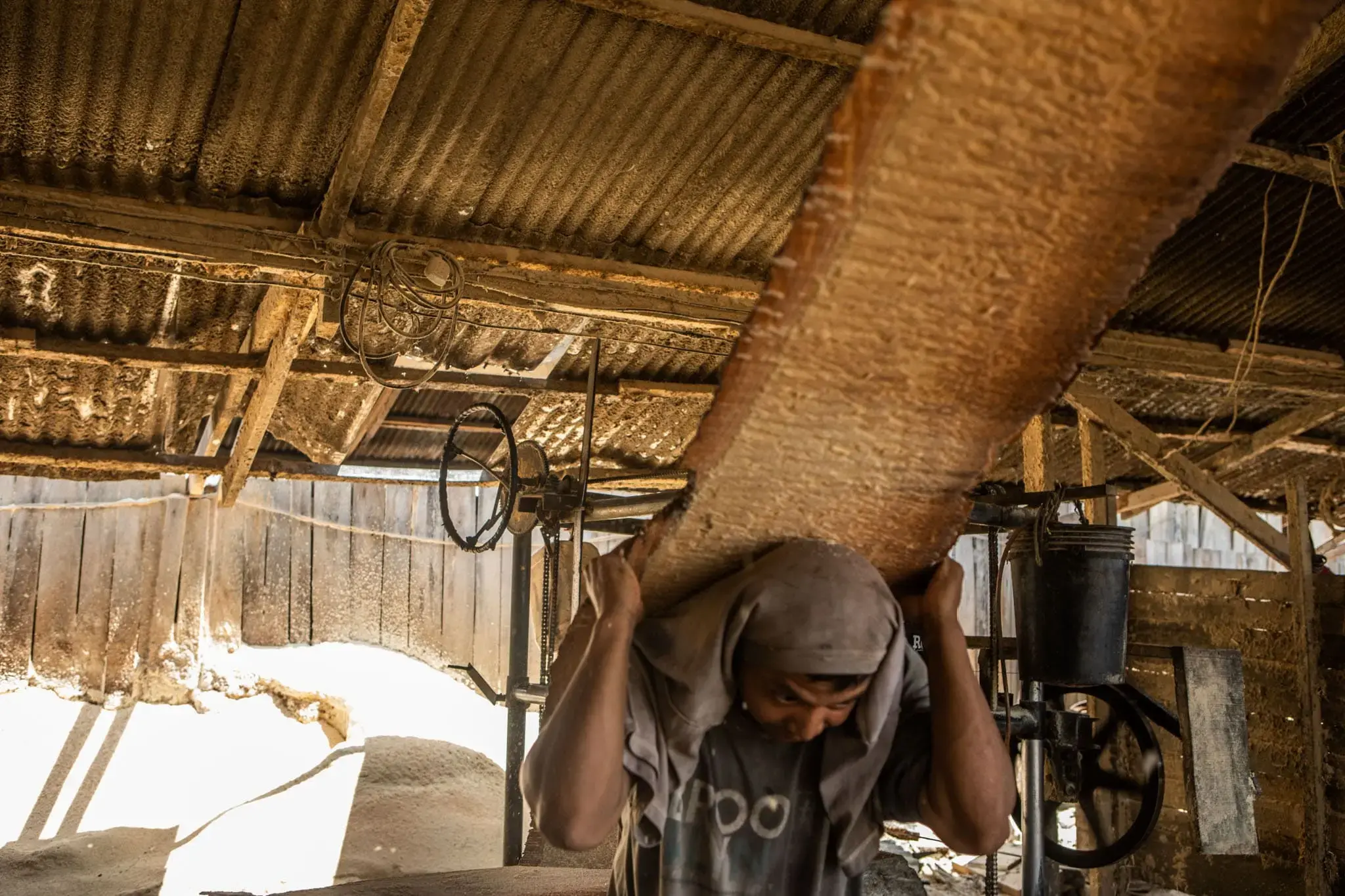
Carla Ugaz Goicochea, professor of Agronomy and Business at the Universidad Científica del Sur and forestry engineer with experience in timber production chains, told OjoPúblico that the sector should "review and bring order" to the management of sawmills in order to control the products.
The specialist also pointed out that the main problem in the timber industry was not illegal logging but the "informality" that is present throughout the trade. "It is that small worker or that small workshop, with a non-formal process and what it generates within the large chain of timber products," he explained.
A proper implementation of the operations ledger would also allow to have control over the data that is declared regarding timber yield. That is, how much of what enters in log form is converted into sawn timber. A study by Serfor determined that on average this figure reaches 51%, but sawmills often report over 80%, and it is in this difference where the illegally harvested timber is to be found.
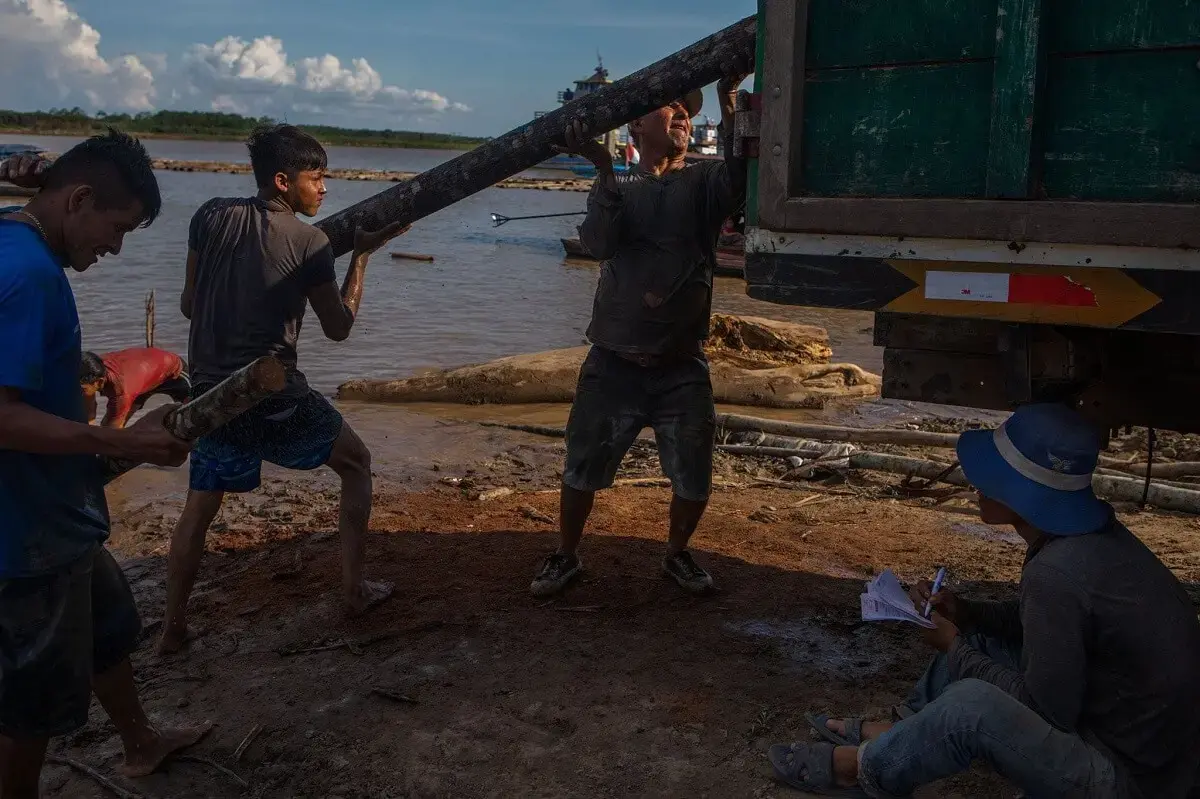
The Ucayali Forestry Management Office stated that it carries out a sample supervision of sawmills in the region, according to the wood lots that these centers have. The office added that this year it plans to carry out 58 inspections, with an average of five per month. As of the beginning of May, the progress was 21 inspections.
Another sector that has information on sawmills and timber processing is the Ministry of Production (Produce), which is in charge of preparing the Monthly Industrial Statistics. However, the details of what they have is not publicly available, as OjoPúblico found when it requested the data provided by the timber companies to Produce and which they use for their monthly reports.
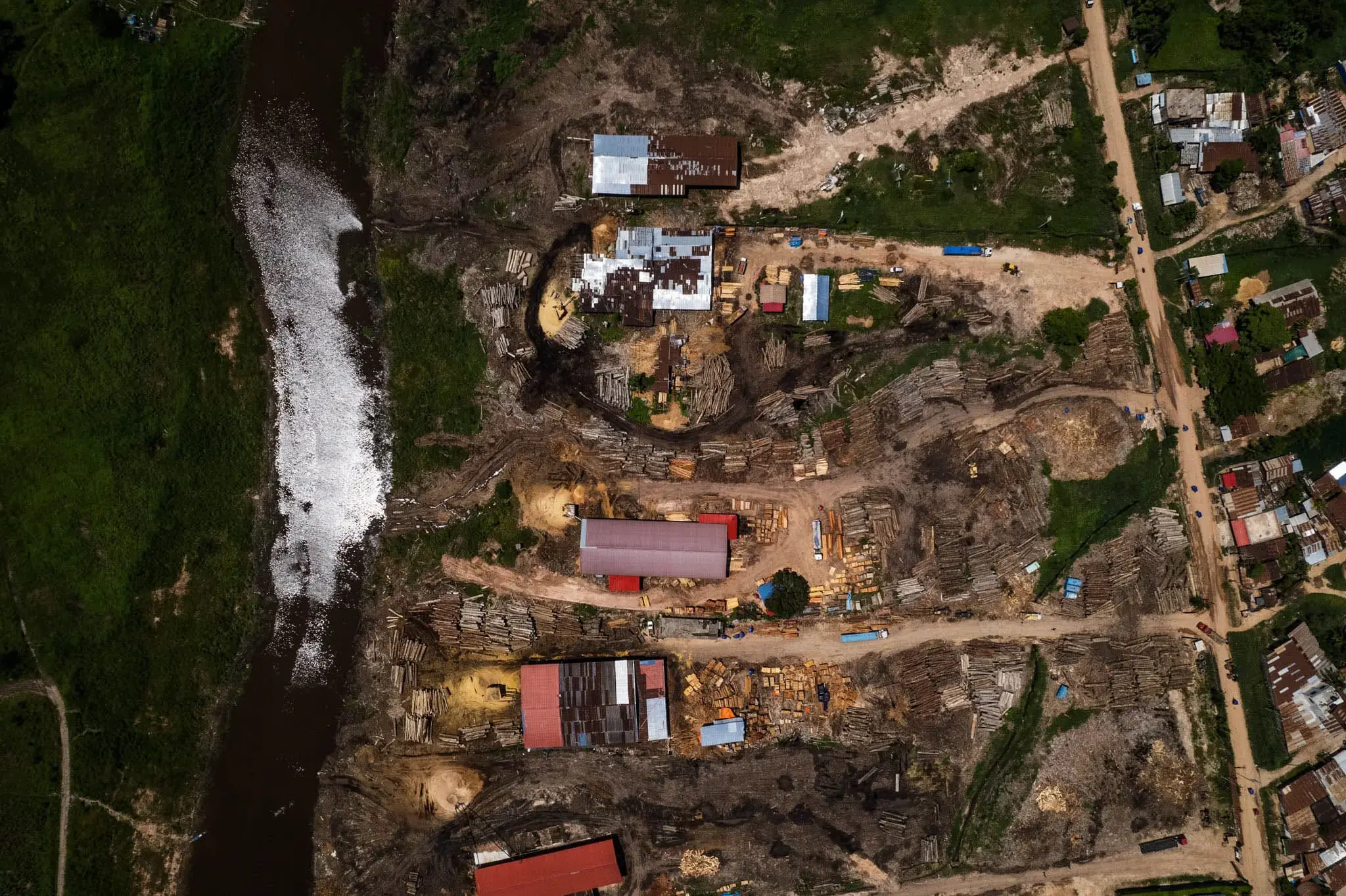
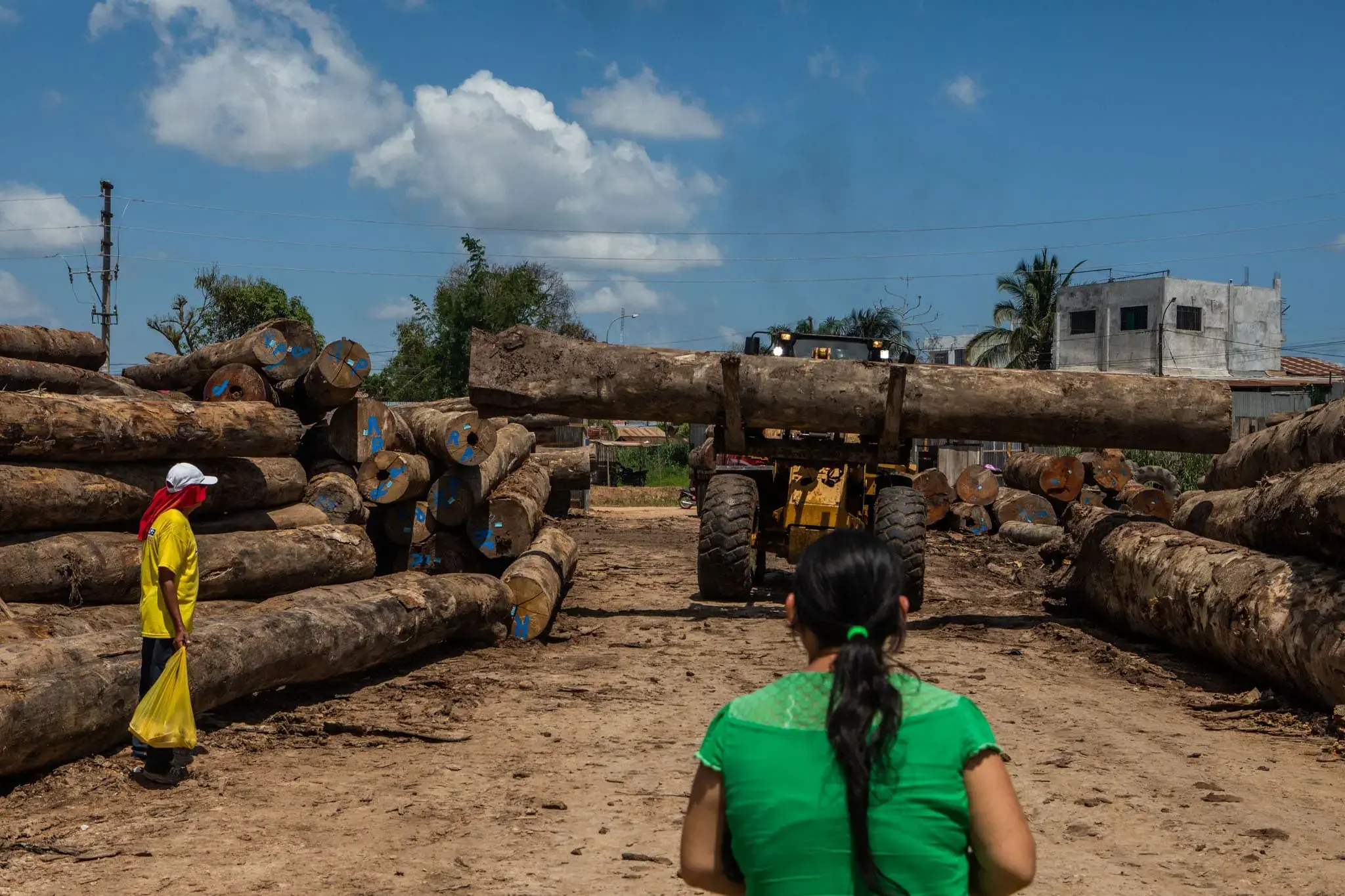
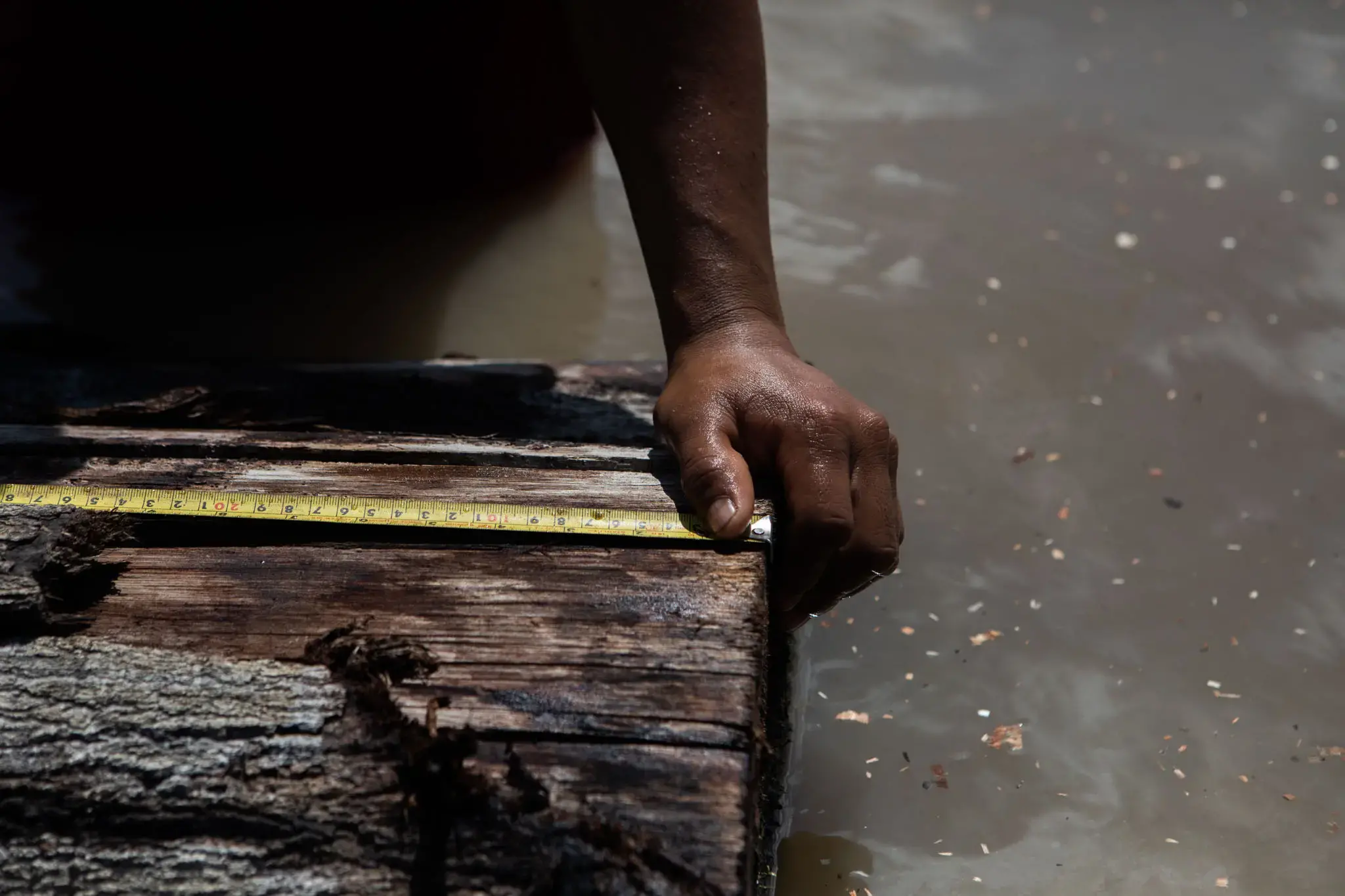
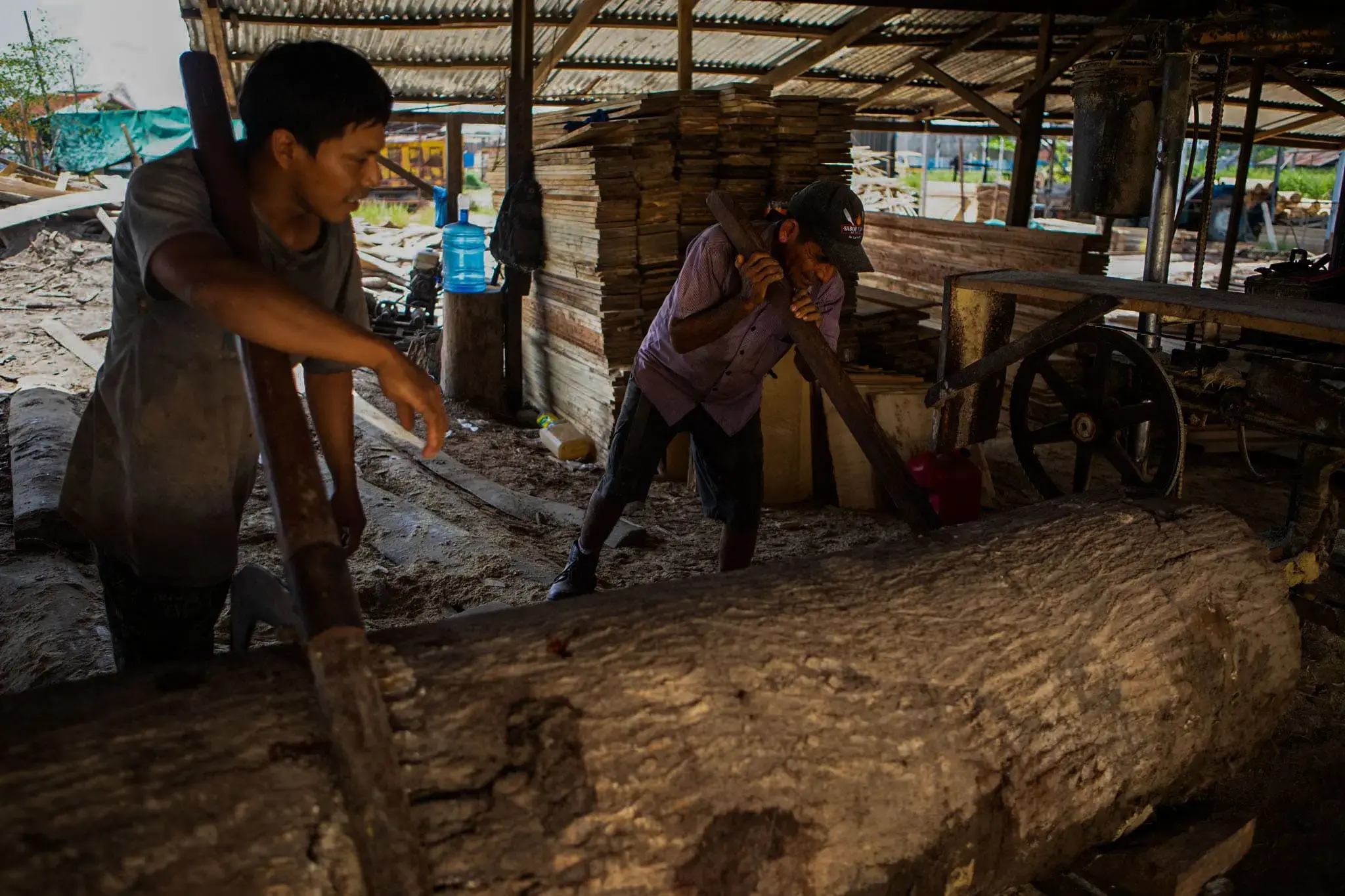
This media appealed the ministry's initial response before the Transparency Court of the Ministry of Justice and, after this process, the sector was ordered to provide the information but refused to comply with the mandate. In August 2023, Produce filed an appeal to the Judiciary to declare the nullity of the Transparency Tribunal's ruling. In early May of this year, the process had a hearing and is still pending resolution.
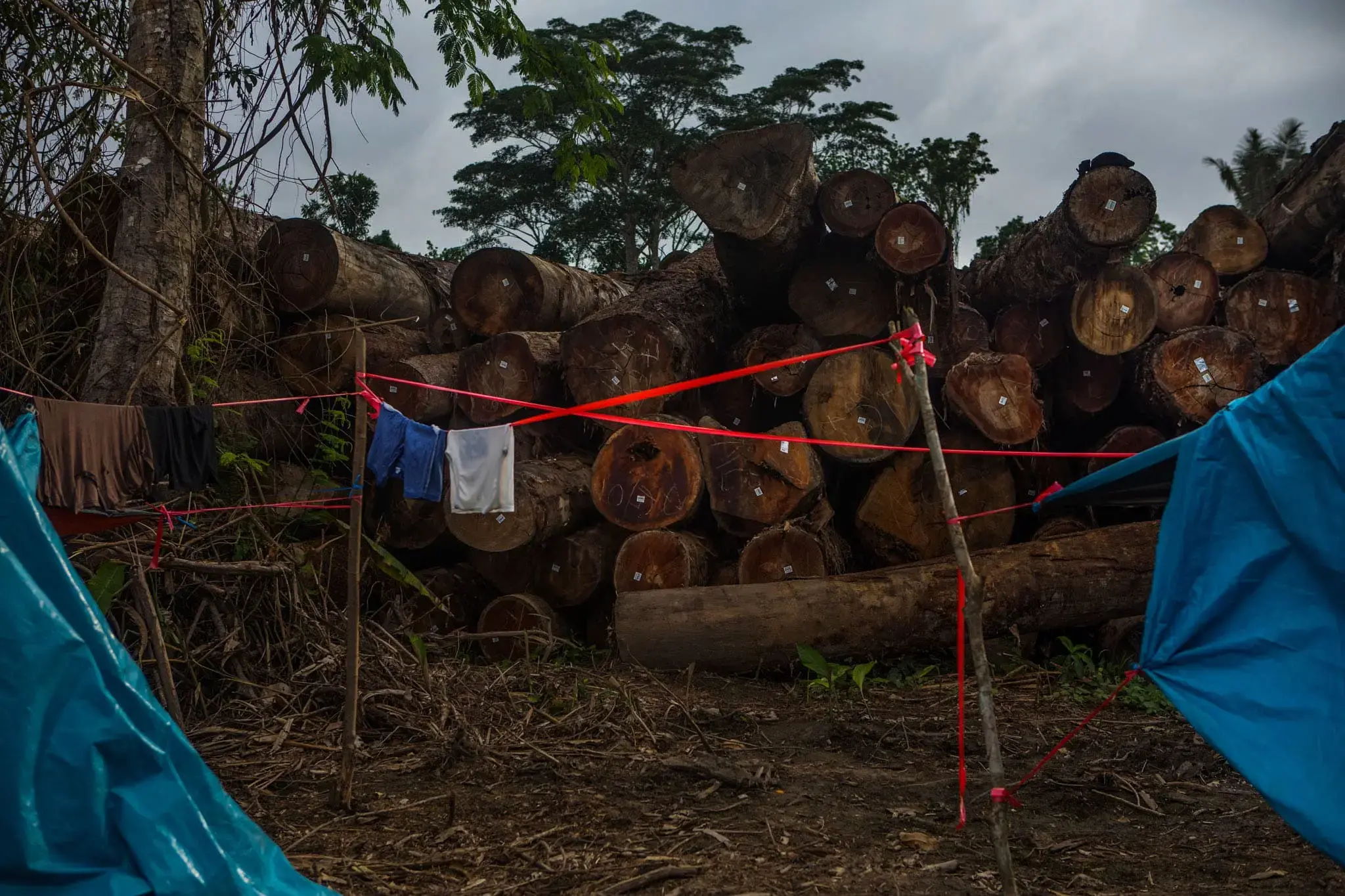
Recipients and exporters
One of the last links in the timber trade chain is the final consignee. These companies or individuals certify the legal origin with a waybill, a document that is also valid for the eventual export of the product.
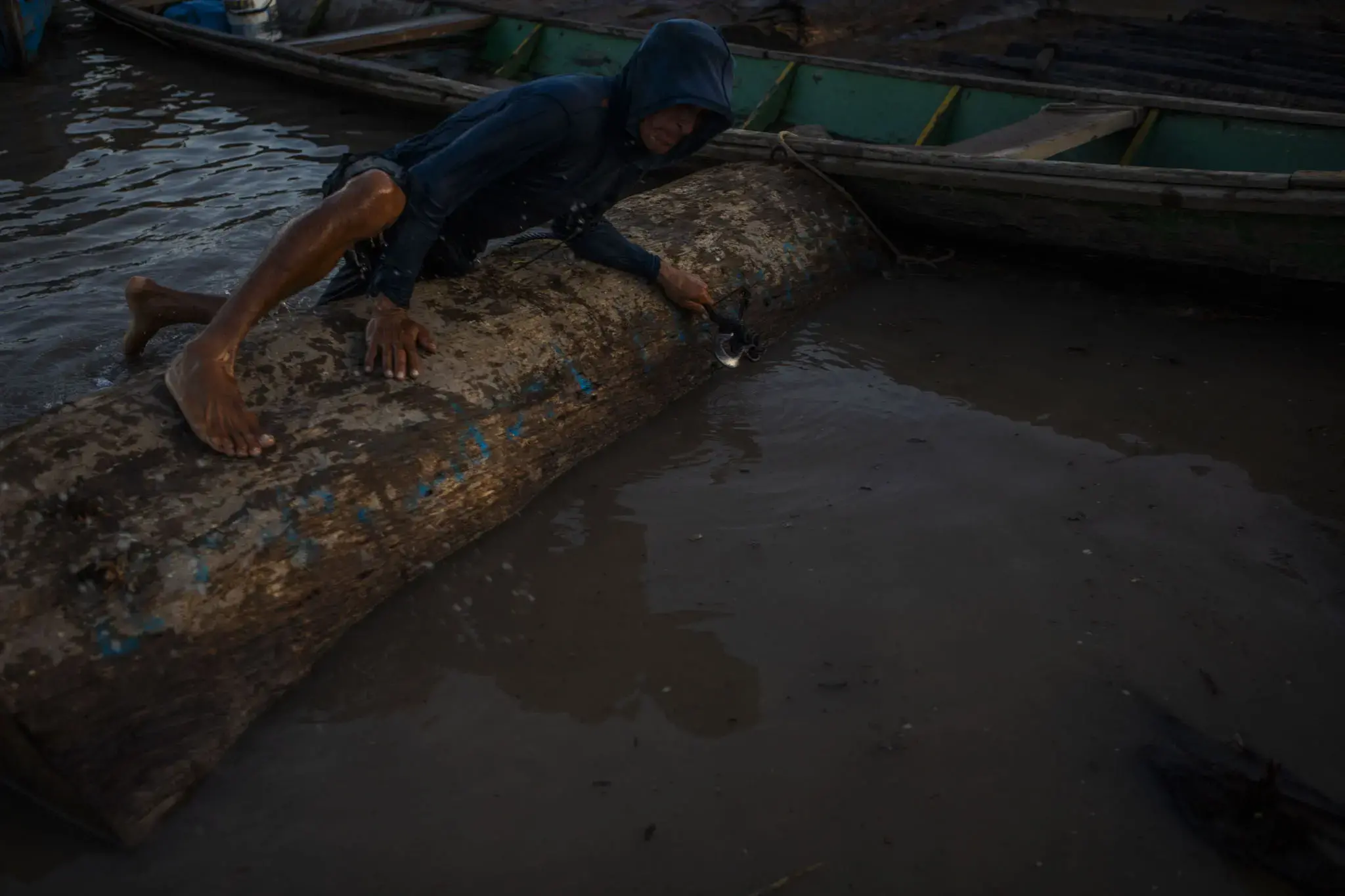
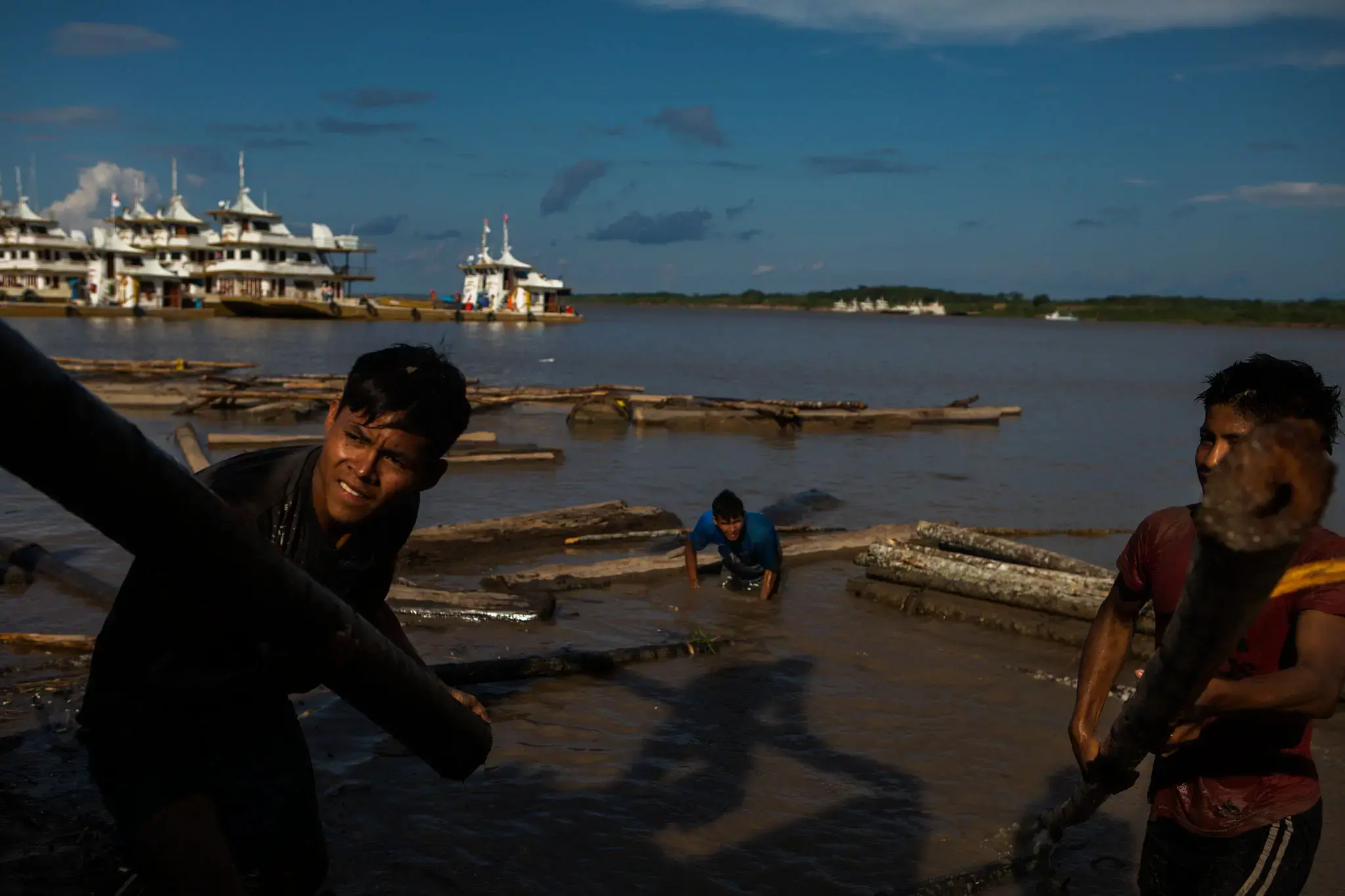
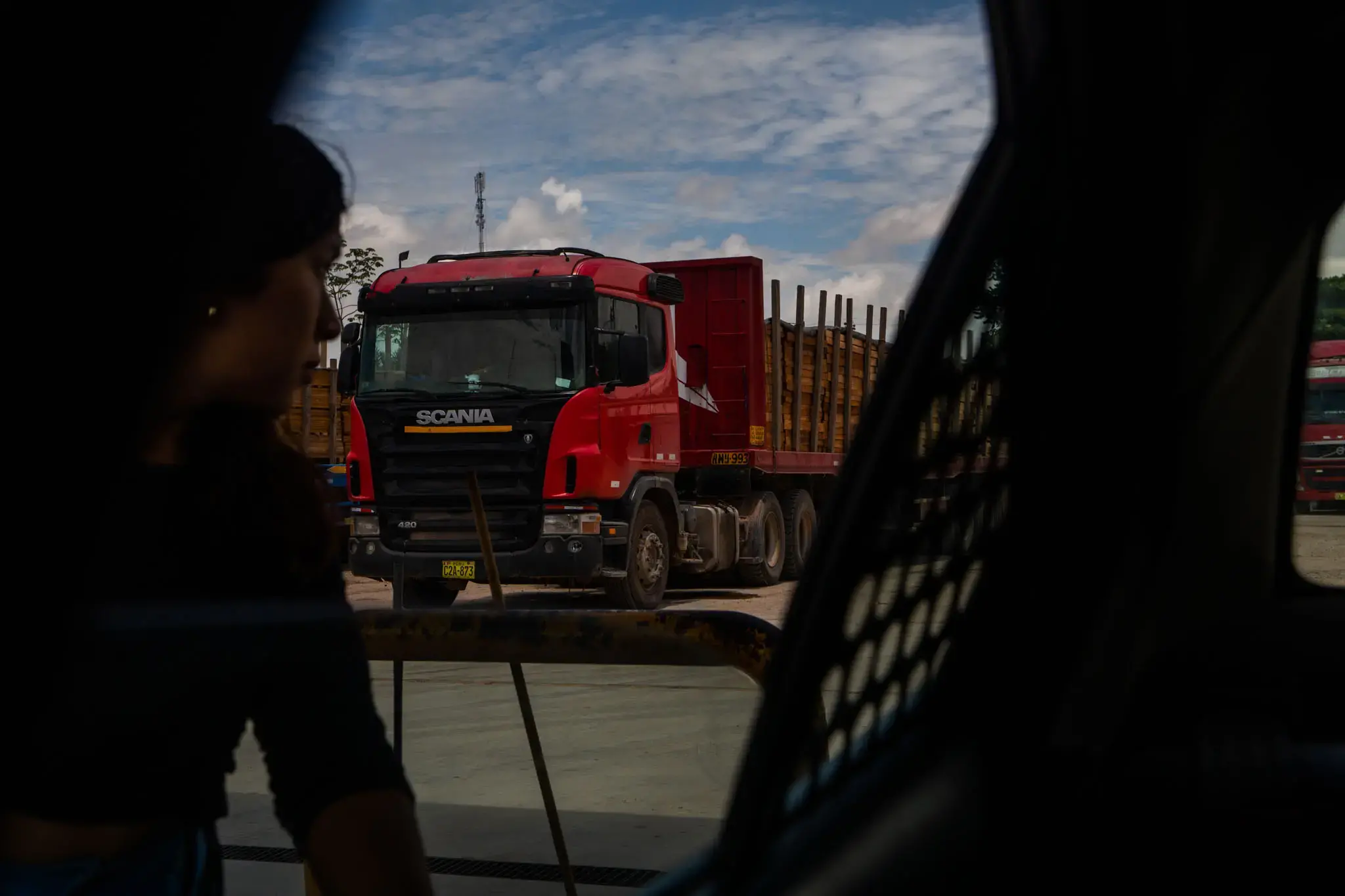
Furthermore, when leaving Peru, there is no obligation to provide details on the species or specific origin of the wood. Some choose to access quality seals, but this certification is not a guarantee of sustainability in the forestry chain, as this newspaper has shown.
The transformation of the wood — into a floor or luxury furniture — and its subsequent exit from the country pose a challenge about its legal origin, which begins with the cutting of immense trunks of centenary Amazonian trees to then be mobilized by the river in artisanal rafts or larger boats. In the river horizon, from the Amazonian dawn, the silhouettes of the product are lost, as well as the official information where the beginning of the forest trade is registered.
The Dipteryx Project is an investigation by OjoPúblico.
Investigative journalism team:
General direction and editing: Nelly Luna Amancio.
Research: Aramís Castro.
Photography and visual editing: Marco Garro.
Algorithm modeling: Pohol Javier Rey Sanchez.
Technical support: Proética and Environmental Investigation Agency (EIA).
Data analysis: Gianfranco Huamán.
Web development: Melissa Chávez.
Initial animation: Andrés Mego.
Infographics: Jhafet Ruiz.
Audience: Gianella Rojas.
With the support of:
Rainforest Investigations Network (RIN) of the Pulitzer Center.
Ford Foundation
Rainforest Foundation Norway


